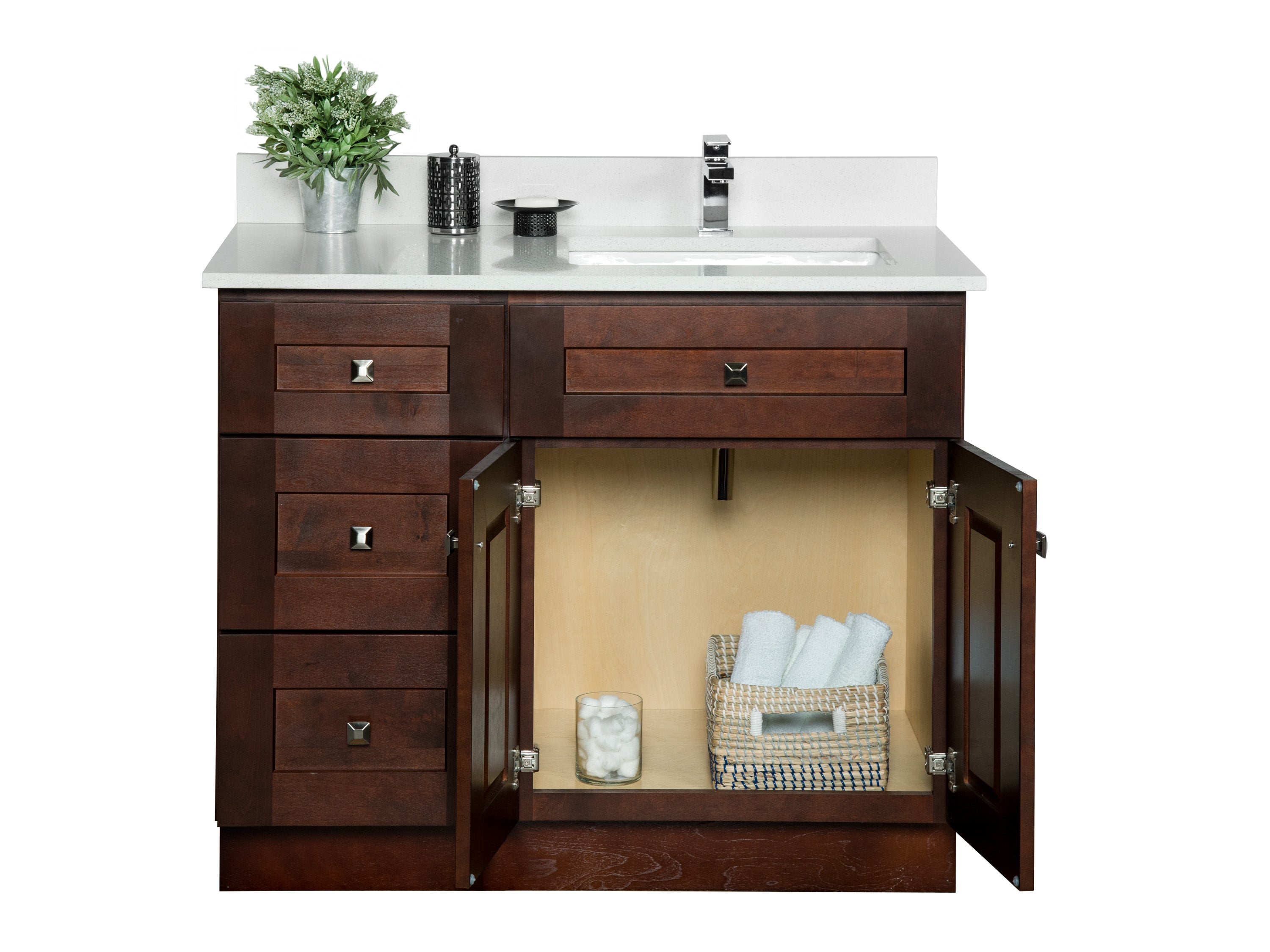Crown molding is a classic and elegant way to add style and sophistication to any dining room. It is a decorative trim that is installed along the top edge of the wall where it meets the ceiling. Crown molding can be simple and understated or ornate and intricate, depending on the style of your dining room. It can also be painted or stained to match the color scheme of your room, making it a versatile choice for any design aesthetic.Crown Molding
Wainscoting is a type of paneling that is installed on the lower half of the walls in a dining room. It adds texture and depth to the room, and can also serve as a practical way to protect the walls from scuffs and scratches. Wainscoting can be made of various materials such as wood, tile, or even wallpaper. It can also be painted or stained to match the rest of the room's decor.Wainscoting
A chair rail is a horizontal strip of molding that is installed along the walls of a dining room, typically at the height of a chair back. It serves as a decorative element, but also has a functional purpose of protecting the walls from furniture being pushed against them. Chair rails come in a variety of styles and can be painted or stained to complement the rest of the room's design.Chair Rail
If you love to display artwork in your dining room, a picture rail is a must-have molding. It is a narrow strip of trim that is installed near the ceiling and allows you to hang pictures without putting any holes in the wall. This not only adds a unique design element to the room, but also makes it easy to switch out and rearrange your artwork whenever you please.Picture Rail
Similar to wainscoting, panel molding is a type of decorative paneling that can be installed on the walls of a dining room. It adds dimension and visual interest to an otherwise plain wall. Panel molding can also be used to create a focal point, such as a large square or rectangle on the wall, which can then be painted or wallpapered to add even more depth and texture to the room.Panel Molding
Baseboard is a type of molding that is installed at the bottom of the walls where they meet the floor. It serves as a transition between the two surfaces and also helps to protect the walls from scuffs and damage. Baseboard comes in many different styles, from simple and straight to ornate and curved. It can also be painted or stained to match the rest of the room's decor.Baseboard
Beadboard is a type of paneling that is made up of narrow, vertical planks with a groove or "bead" in between each one. It is often used in coastal or farmhouse style dining rooms, but can also add a touch of texture and charm to any space. Beadboard can be installed on the lower half of the walls, as a backsplash, or even on the ceiling for a unique look.Beadboard
Shadow boxes are a type of molding that is installed on the walls to create a series of recessed rectangular or square frames. These frames can then be filled with decorative items such as artwork, photographs, or even small objects. Shadow boxes add a unique and personalized touch to a dining room, and can be painted or stained to match the rest of the room's decor.Shadow Boxes
If you want to add texture and character to your dining room walls without installing any physical molding, consider a faux finish. This is a painting technique that mimics the look of different materials, such as wood, stone, or even fabric. Faux finishes can add a touch of rustic or luxurious charm to a dining room, depending on the style you choose.Faux Finish
An accent wall is a great way to make a bold statement in a dining room. This is a wall that is painted or wallpapered in a different color or pattern than the rest of the walls in the room. To take it a step further, you can also add molding to the accent wall to create a unique and eye-catching design. This is a great option for those who want to add some personality to their dining room without committing to a full room makeover.Accent Wall
Molding Dining Room Walls for a Touch of Elegance

Enhancing Your Dining Experience
 The dining room is often considered the heart of the home, where families gather to share meals and create memories. As such, it is essential to create a welcoming and comfortable atmosphere in this space. One way to achieve this is by
molding dining room walls
to add a touch of elegance and sophistication. Molding, also known as trim or millwork, is a decorative element that can completely transform the look of a room. In this article, we will discuss the benefits of
molding dining room walls
and provide some tips on how to achieve this design element in your home.
The dining room is often considered the heart of the home, where families gather to share meals and create memories. As such, it is essential to create a welcoming and comfortable atmosphere in this space. One way to achieve this is by
molding dining room walls
to add a touch of elegance and sophistication. Molding, also known as trim or millwork, is a decorative element that can completely transform the look of a room. In this article, we will discuss the benefits of
molding dining room walls
and provide some tips on how to achieve this design element in your home.
Why Choose Molding for Your Dining Room Walls?
 Molding is a classic architectural feature that has been used for centuries to add character and charm to homes. It comes in various styles, from simple to ornate, and can be made from different materials such as wood, plaster, or polyurethane. By incorporating molding into your dining room walls, you can instantly elevate the space and create a sense of grandeur. Moreover, it is a cost-effective way to add a touch of luxury without breaking the bank.
Molding is a classic architectural feature that has been used for centuries to add character and charm to homes. It comes in various styles, from simple to ornate, and can be made from different materials such as wood, plaster, or polyurethane. By incorporating molding into your dining room walls, you can instantly elevate the space and create a sense of grandeur. Moreover, it is a cost-effective way to add a touch of luxury without breaking the bank.
Types of Molding for Your Dining Room Walls
 There are several types of molding that you can choose from to adorn your dining room walls. The most popular ones include crown molding, chair rail, and wainscoting. Crown molding is installed at the top of the wall where it meets the ceiling, adding a touch of elegance and visually elongating the walls. Chair rail is a horizontal strip of molding that runs along the walls, usually at the height of a chair, to protect the walls from chairs and other furniture. Wainscoting is a type of paneling that covers the lower portion of the wall, adding texture and depth to the room.
There are several types of molding that you can choose from to adorn your dining room walls. The most popular ones include crown molding, chair rail, and wainscoting. Crown molding is installed at the top of the wall where it meets the ceiling, adding a touch of elegance and visually elongating the walls. Chair rail is a horizontal strip of molding that runs along the walls, usually at the height of a chair, to protect the walls from chairs and other furniture. Wainscoting is a type of paneling that covers the lower portion of the wall, adding texture and depth to the room.
How to Incorporate Molding in Your Dining Room Design
 When it comes to
molding dining room walls
, there are several ways to incorporate it into your design. You can choose to install it along the entire perimeter of the room or only on one wall to create a focal point. You can also mix and match different types of molding to add visual interest and create a unique look. Additionally, painting the walls and the molding in contrasting colors can make the molding stand out and add a dramatic effect. However, if you prefer a more subtle look, painting the walls and molding in the same color can create a cohesive and elegant appearance.
In conclusion,
molding dining room walls
is an excellent way to add a touch of elegance and sophistication to your dining space. It is a cost-effective and versatile design element that can instantly elevate the look of your room. With various styles and materials to choose from, molding allows you to customize your dining room walls to suit your personal taste and style. So why not consider incorporating molding in your dining room design for a truly luxurious and inviting space?
When it comes to
molding dining room walls
, there are several ways to incorporate it into your design. You can choose to install it along the entire perimeter of the room or only on one wall to create a focal point. You can also mix and match different types of molding to add visual interest and create a unique look. Additionally, painting the walls and the molding in contrasting colors can make the molding stand out and add a dramatic effect. However, if you prefer a more subtle look, painting the walls and molding in the same color can create a cohesive and elegant appearance.
In conclusion,
molding dining room walls
is an excellent way to add a touch of elegance and sophistication to your dining space. It is a cost-effective and versatile design element that can instantly elevate the look of your room. With various styles and materials to choose from, molding allows you to customize your dining room walls to suit your personal taste and style. So why not consider incorporating molding in your dining room design for a truly luxurious and inviting space?



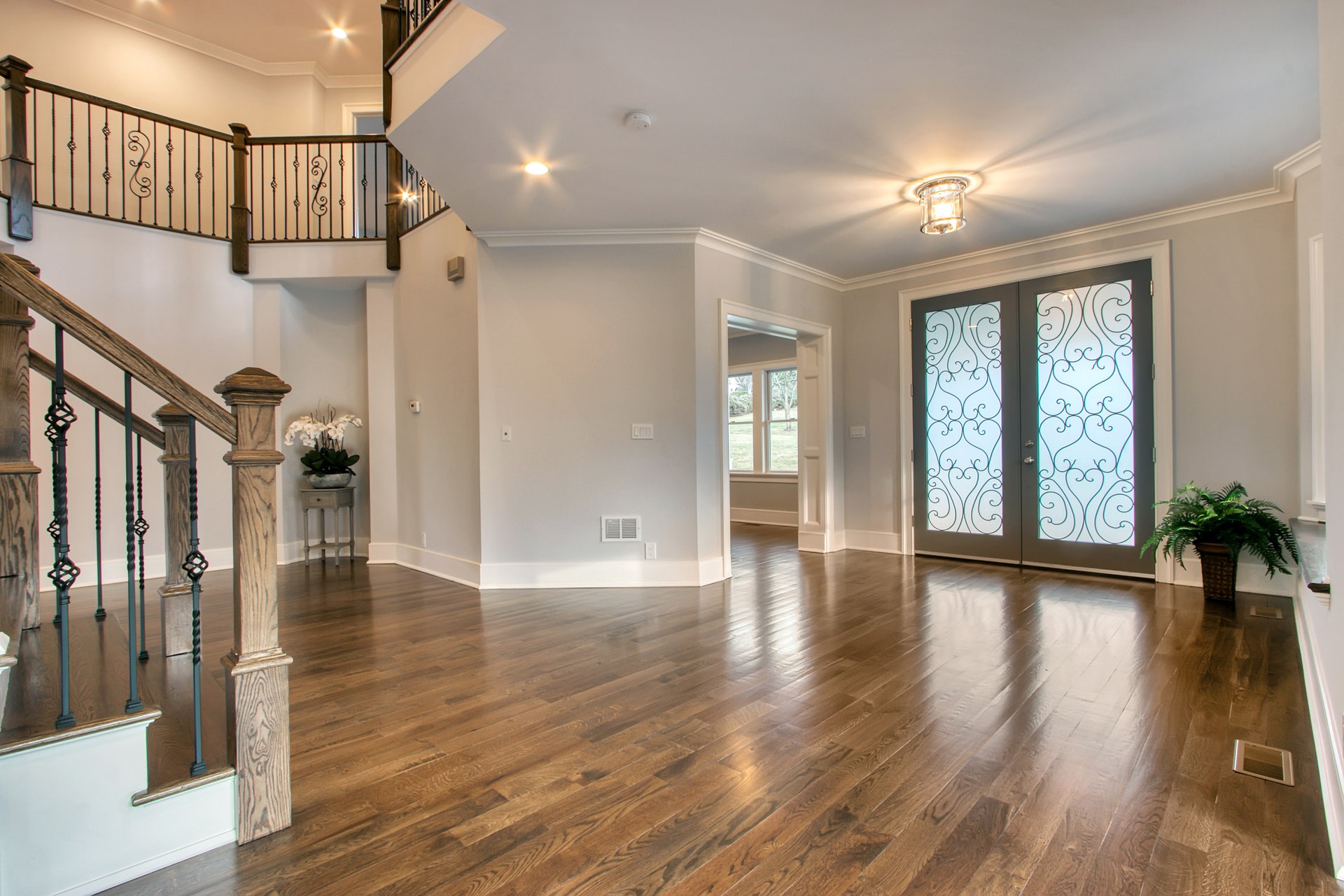
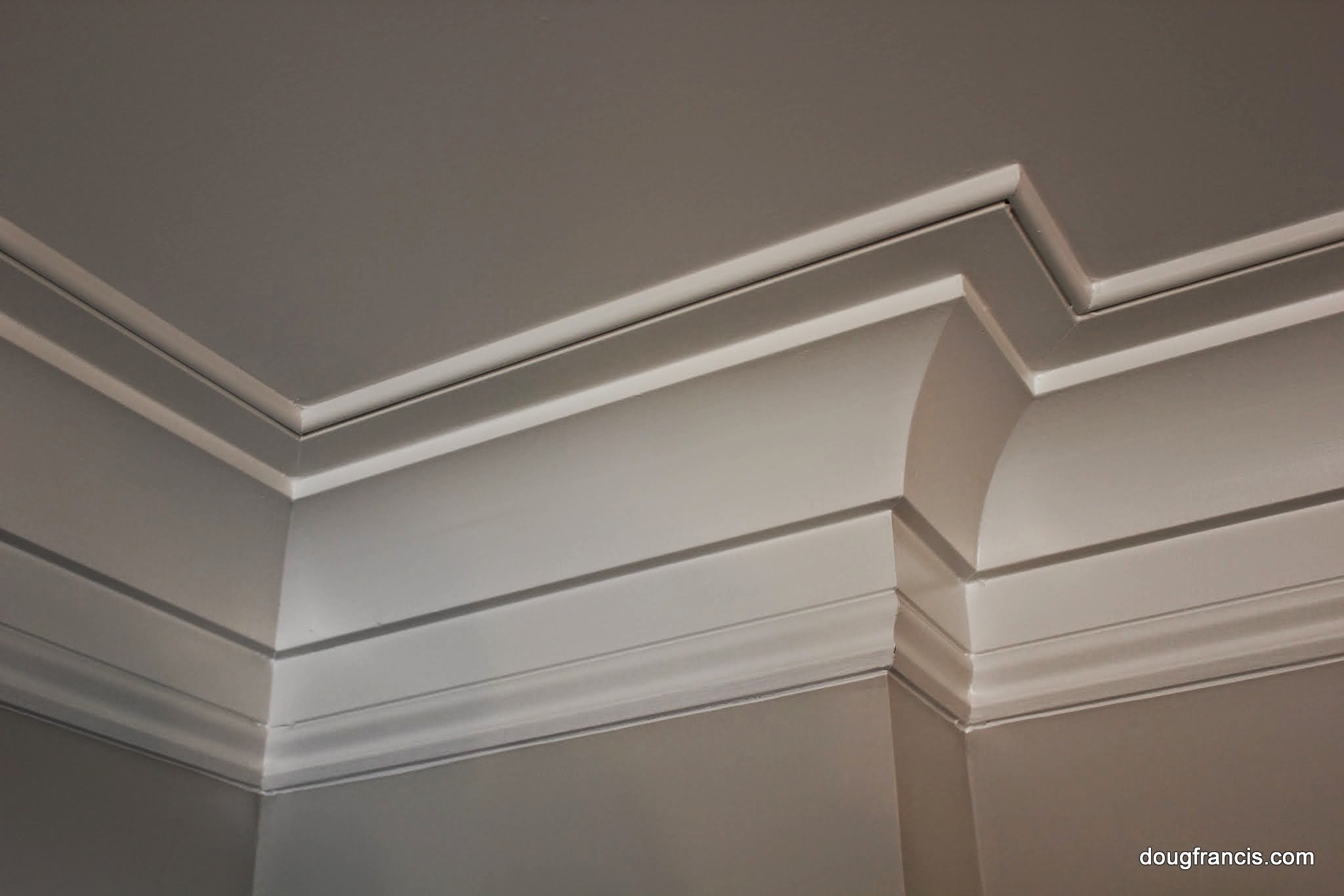
/Diningroomwithcrownmolding-GettyImages-145121522-85951b058d5f406cb48bd96375265b2e.jpg)




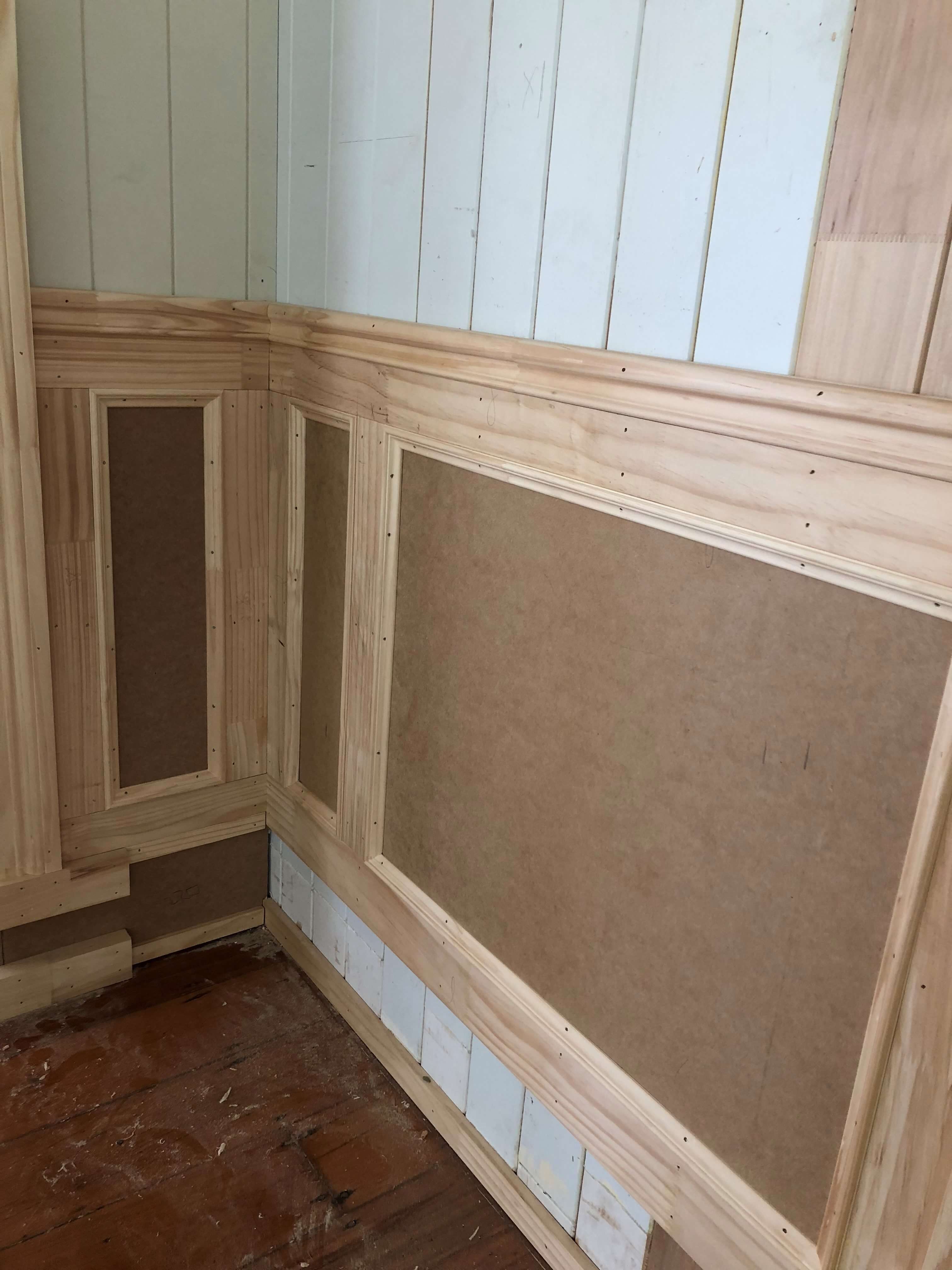

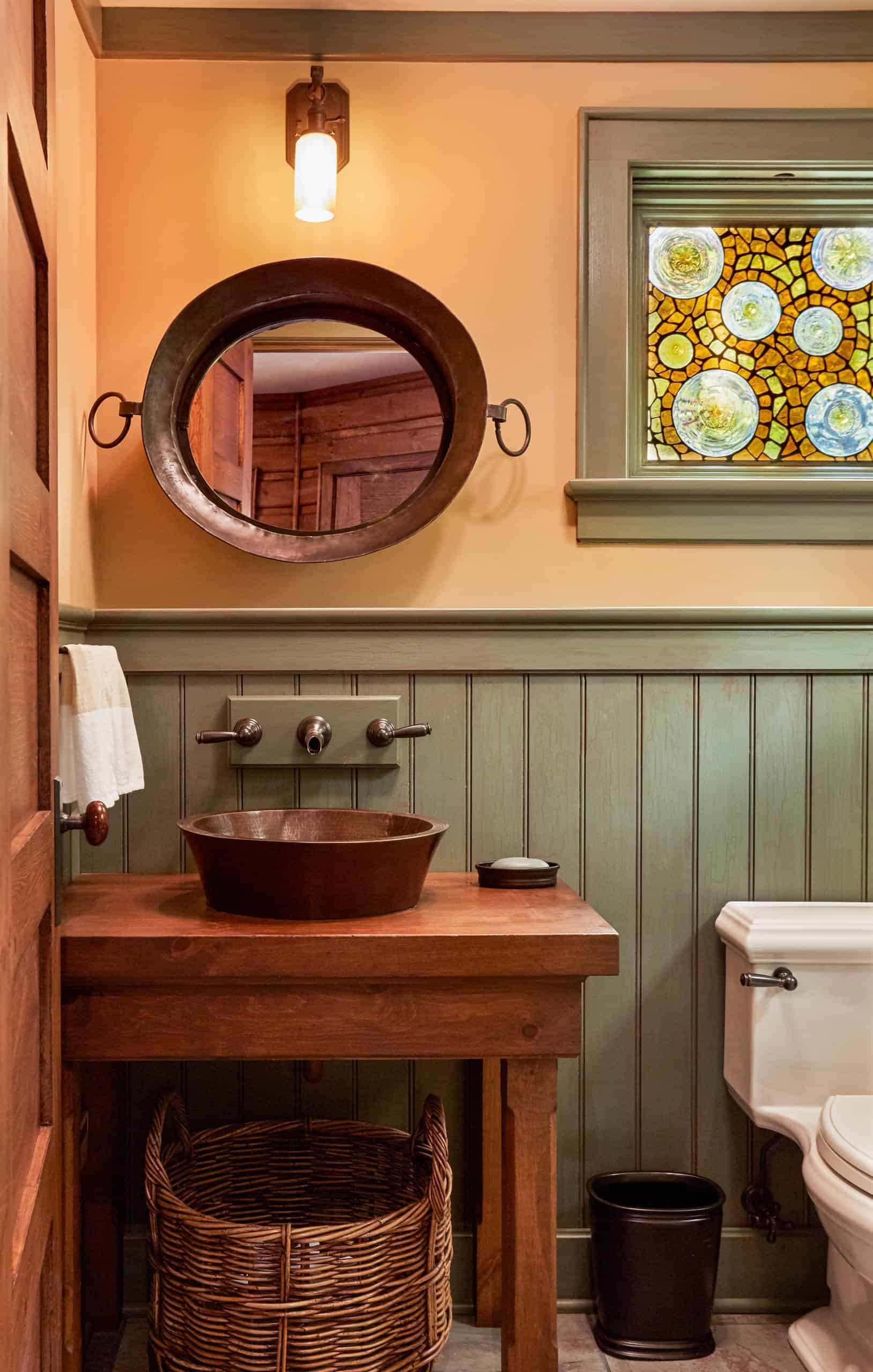




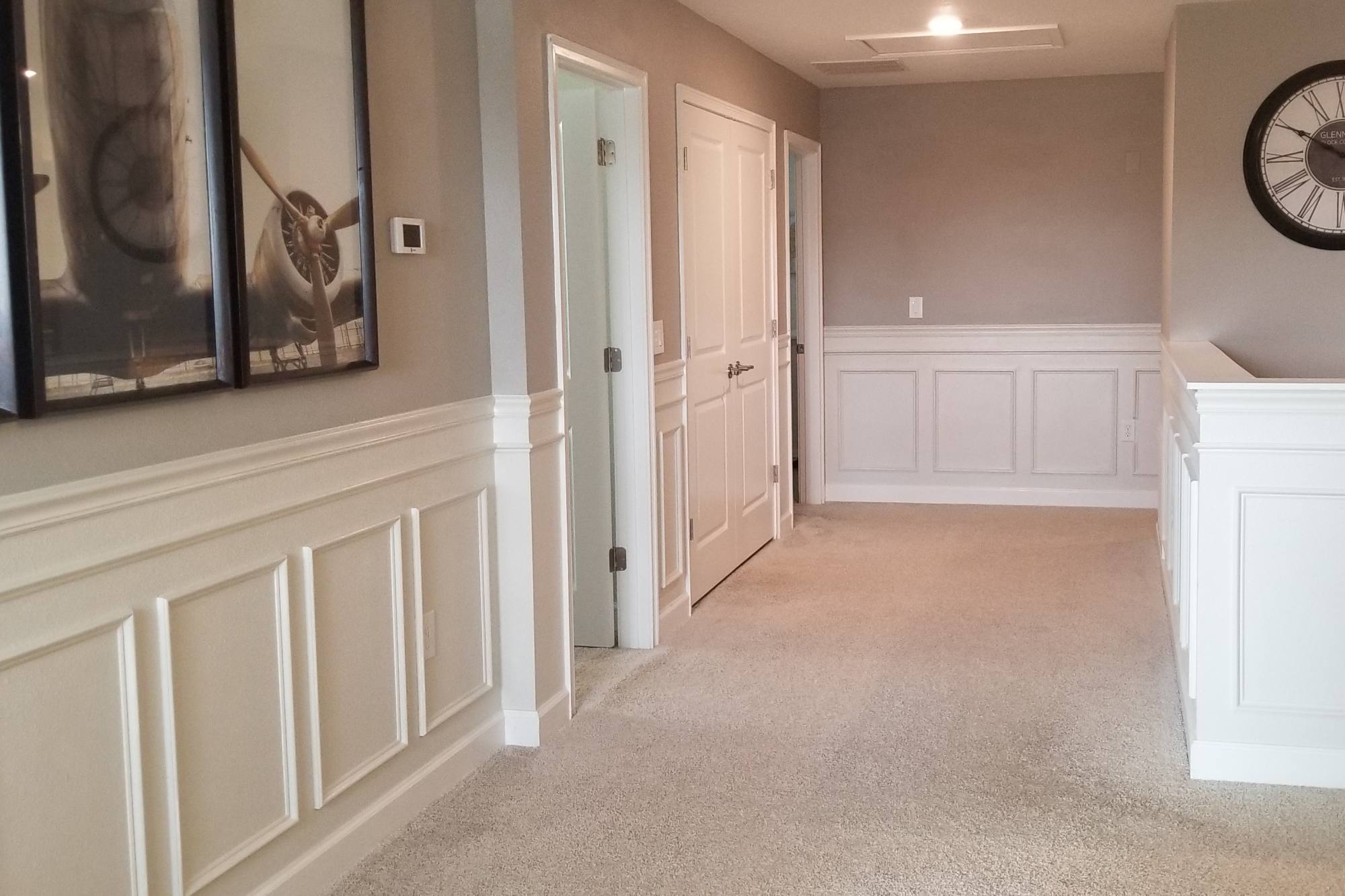
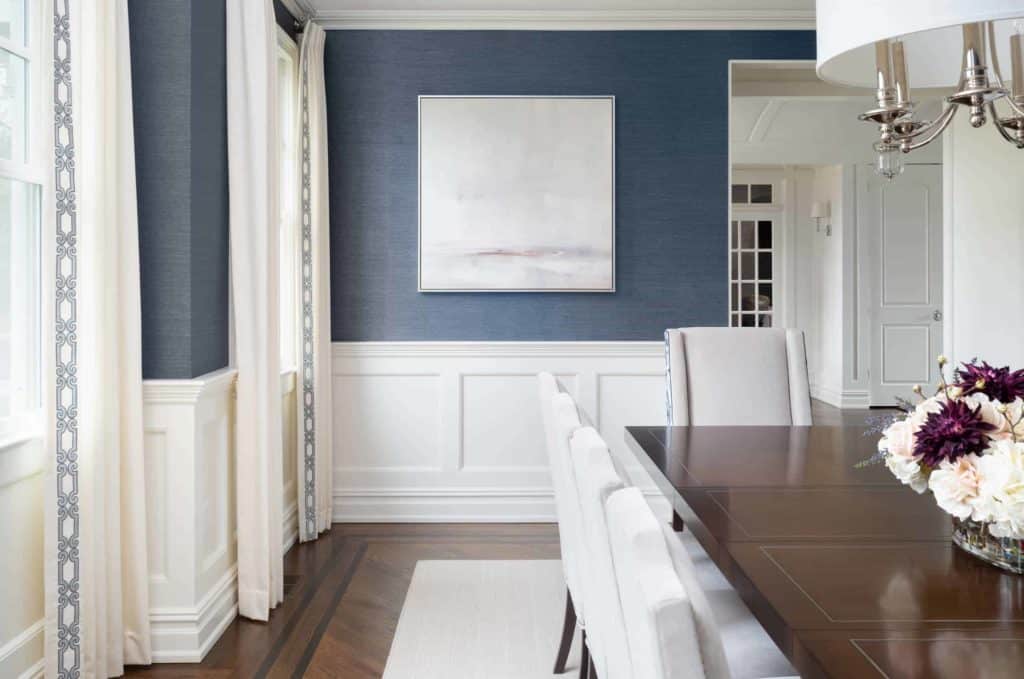
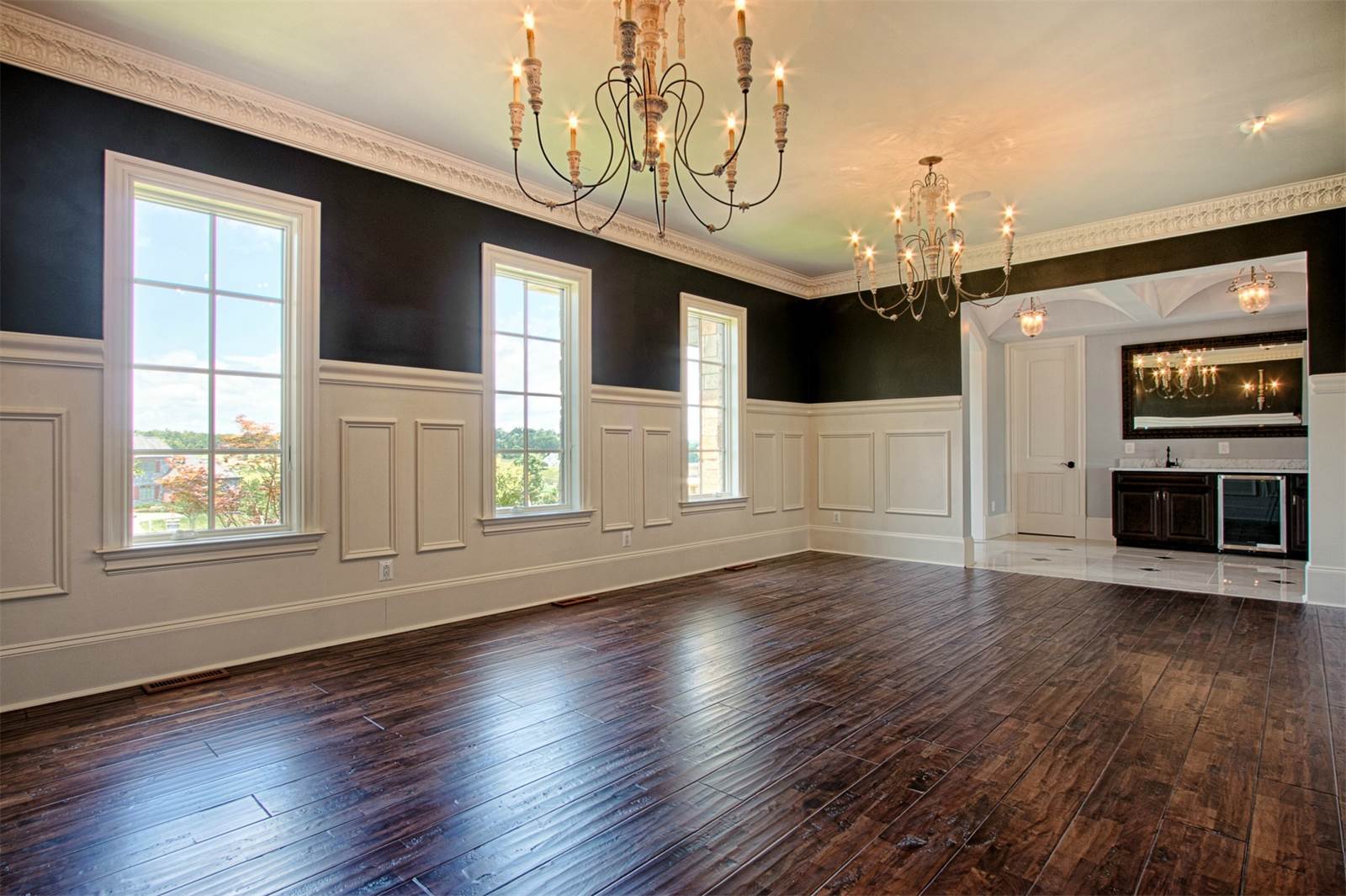


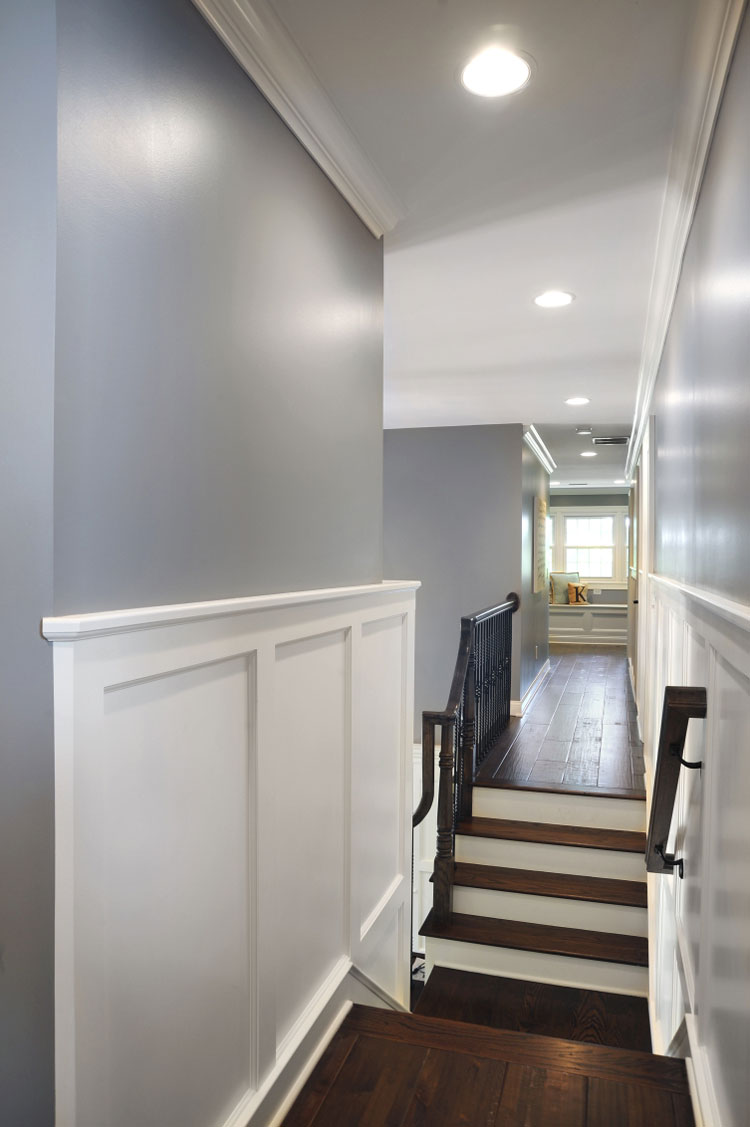


/Familyroomchairrailing-GettyImages-154960933-59ed57bb0d327a001055bfee.jpg)

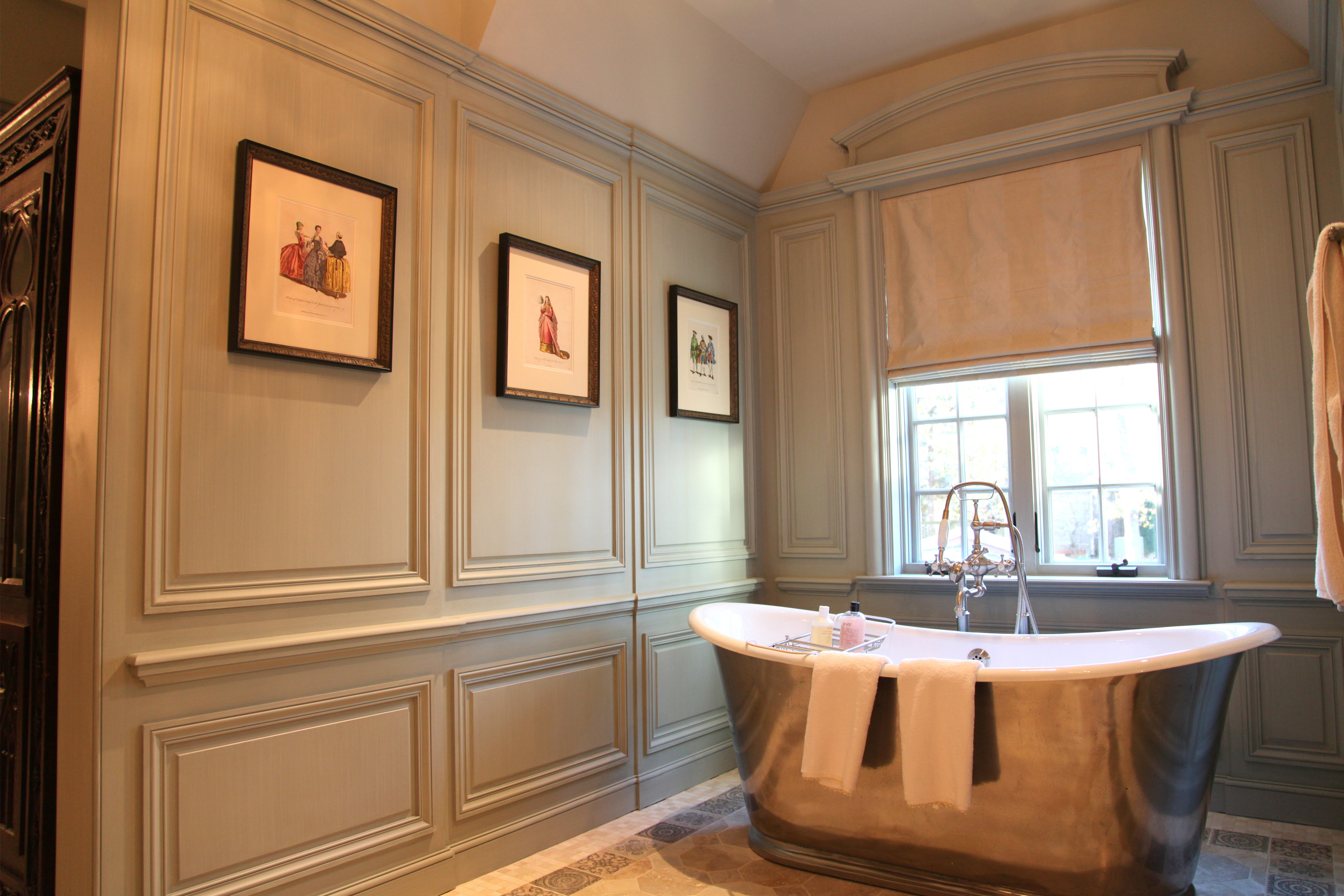

















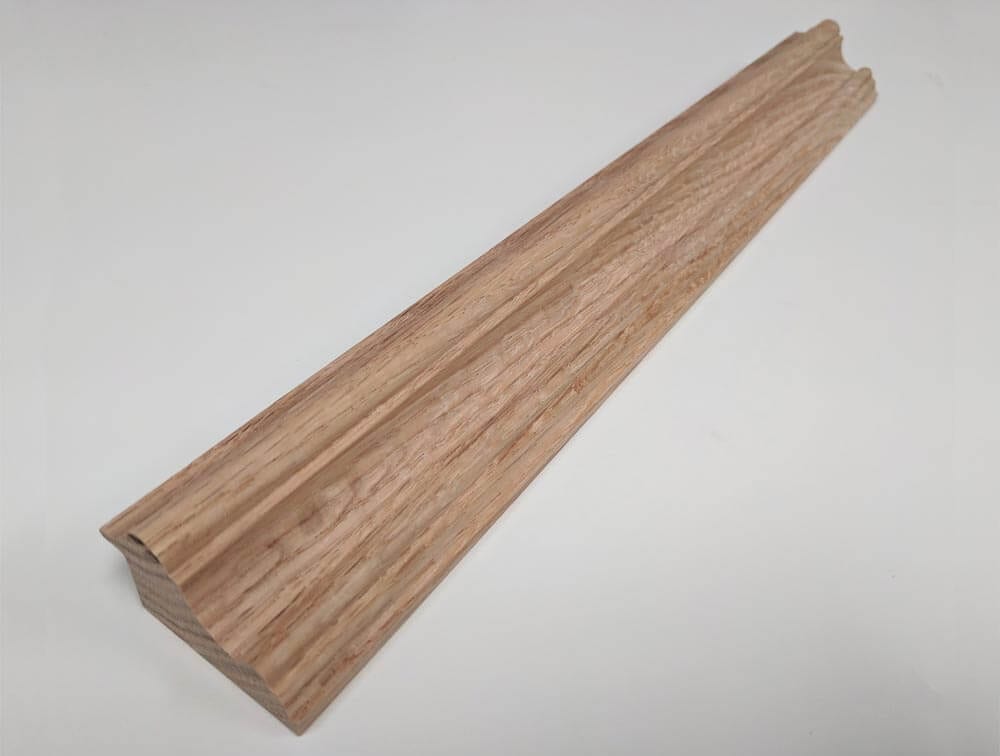




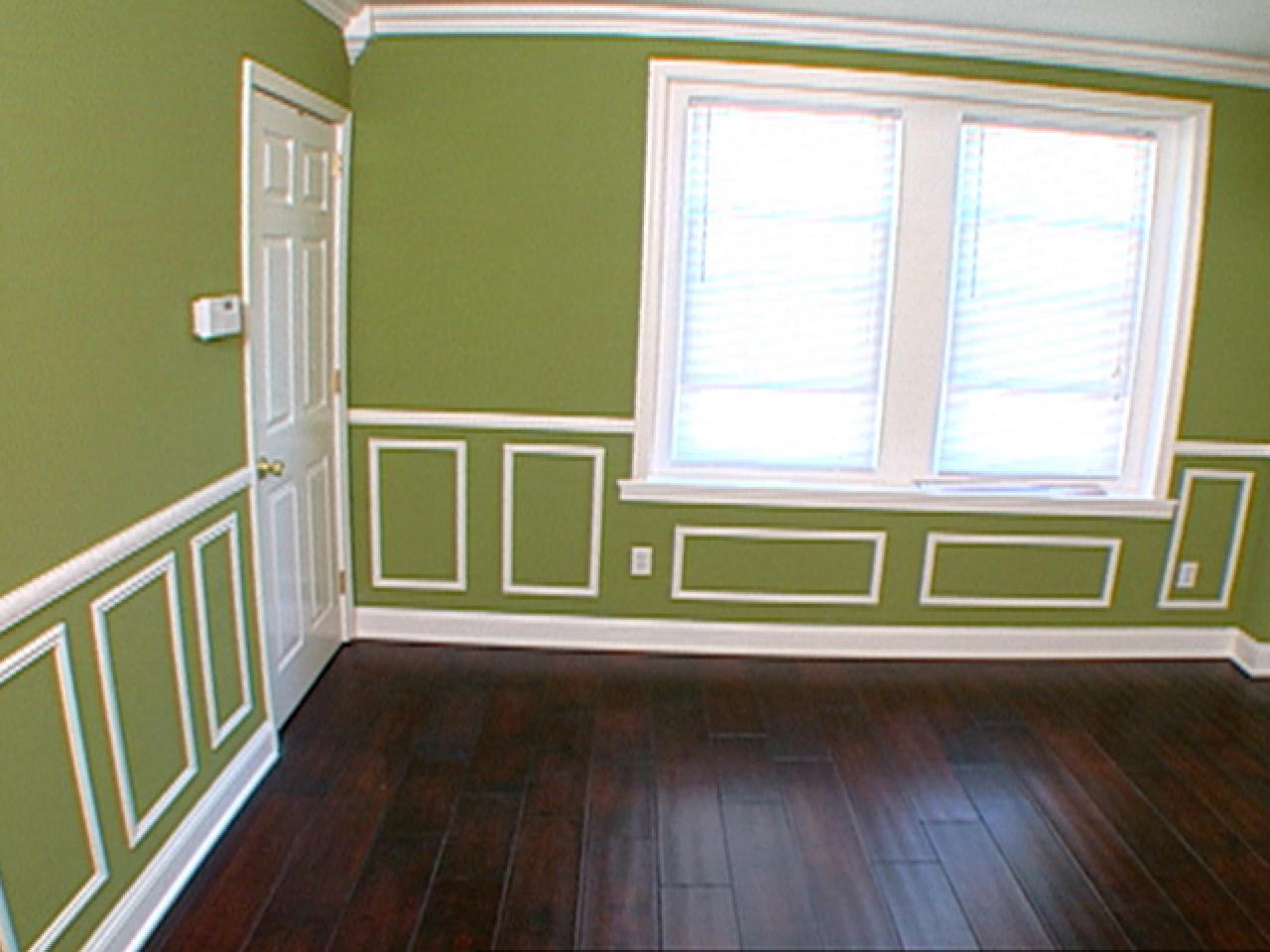

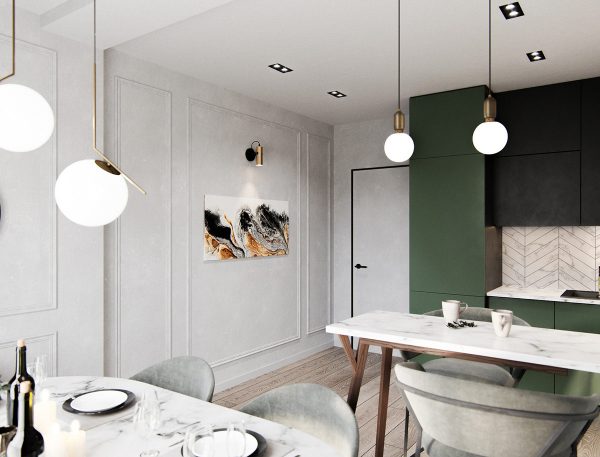




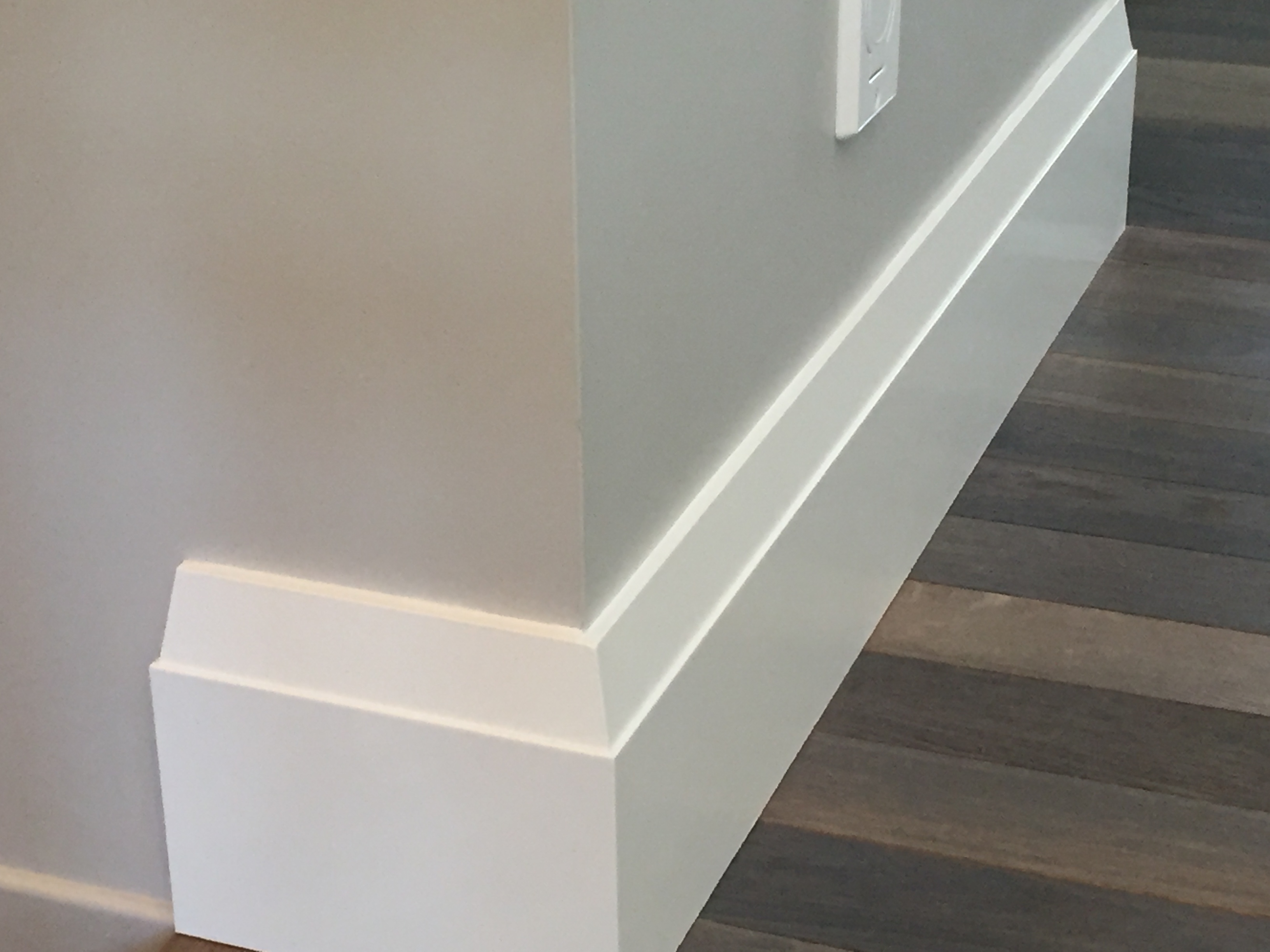
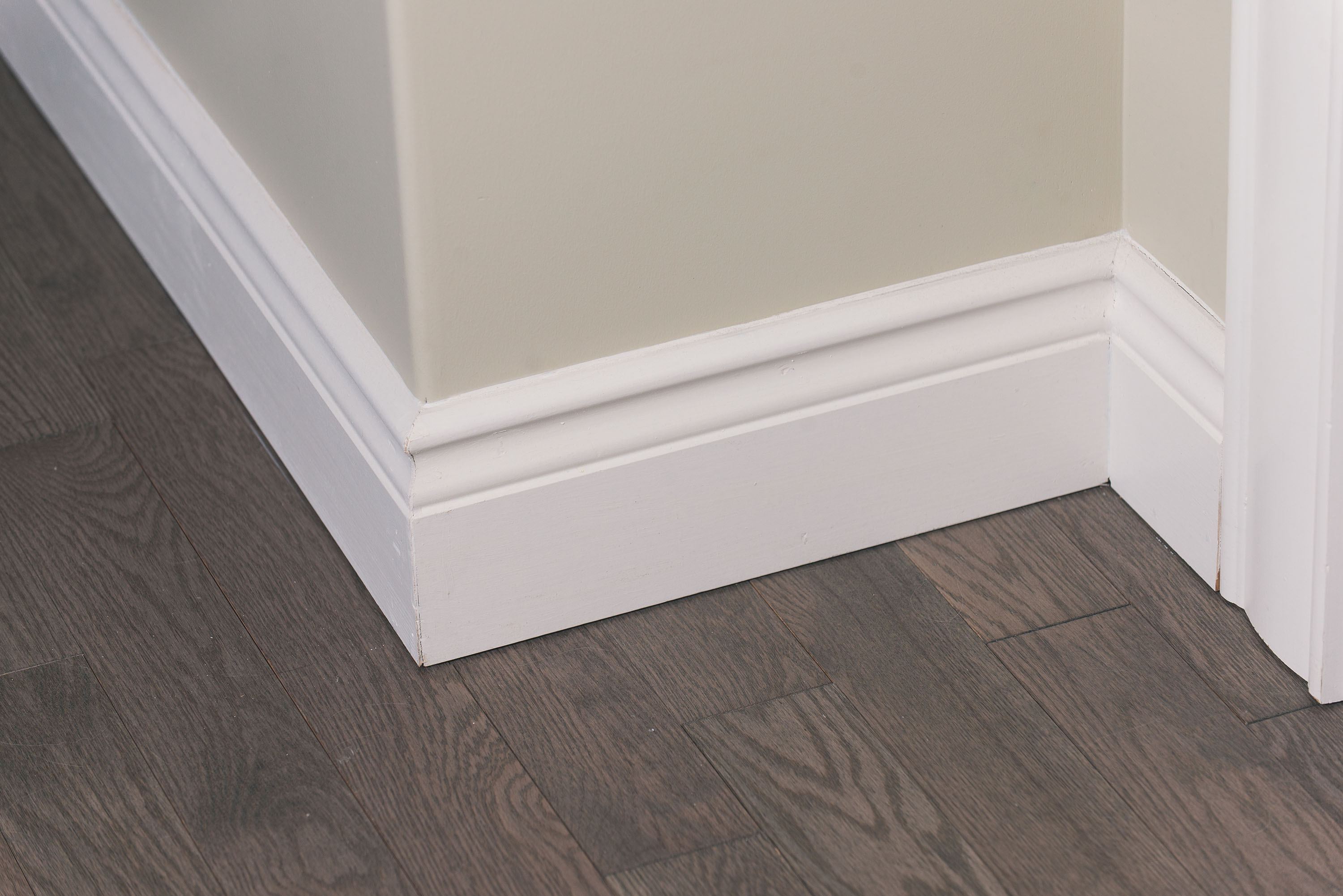

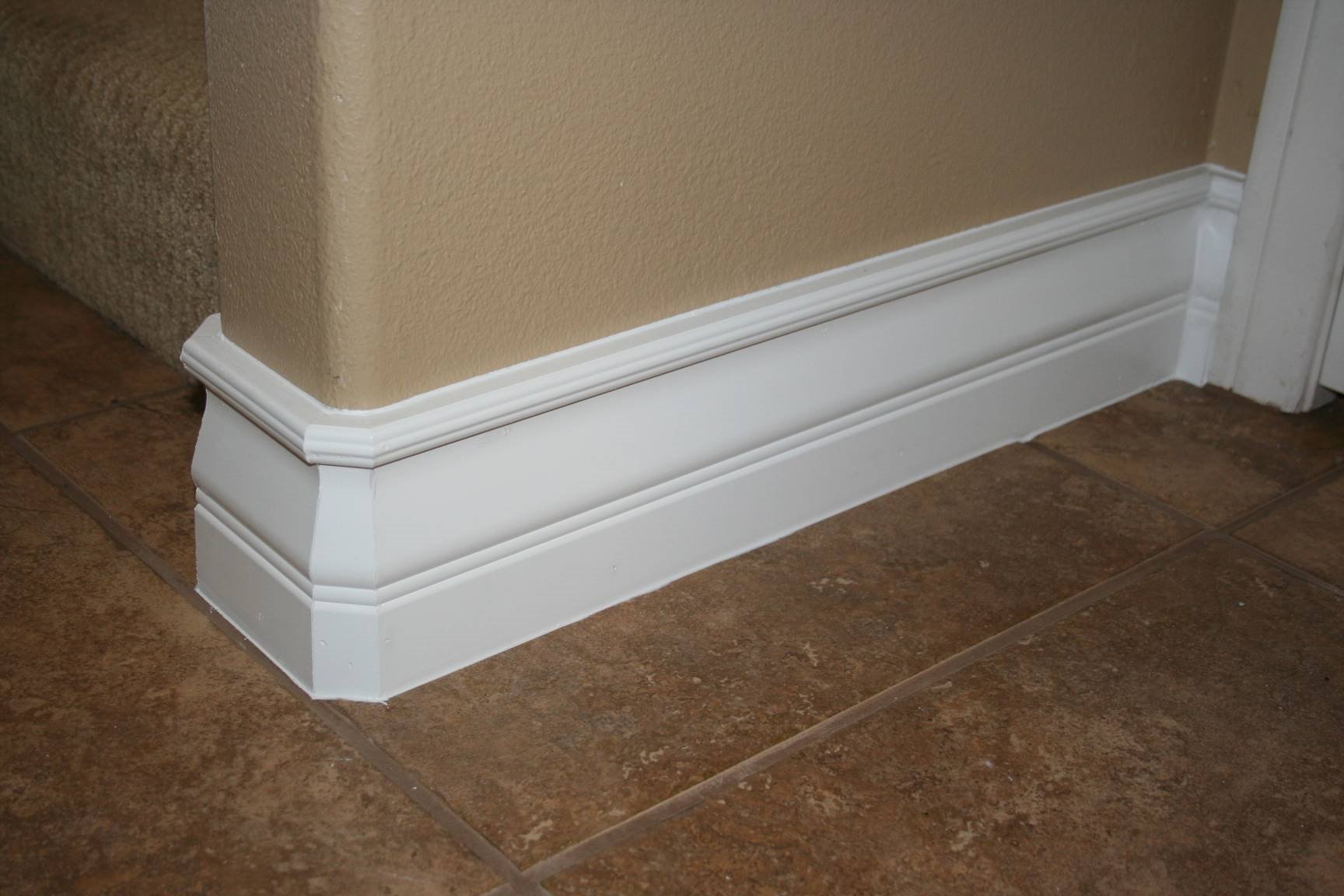


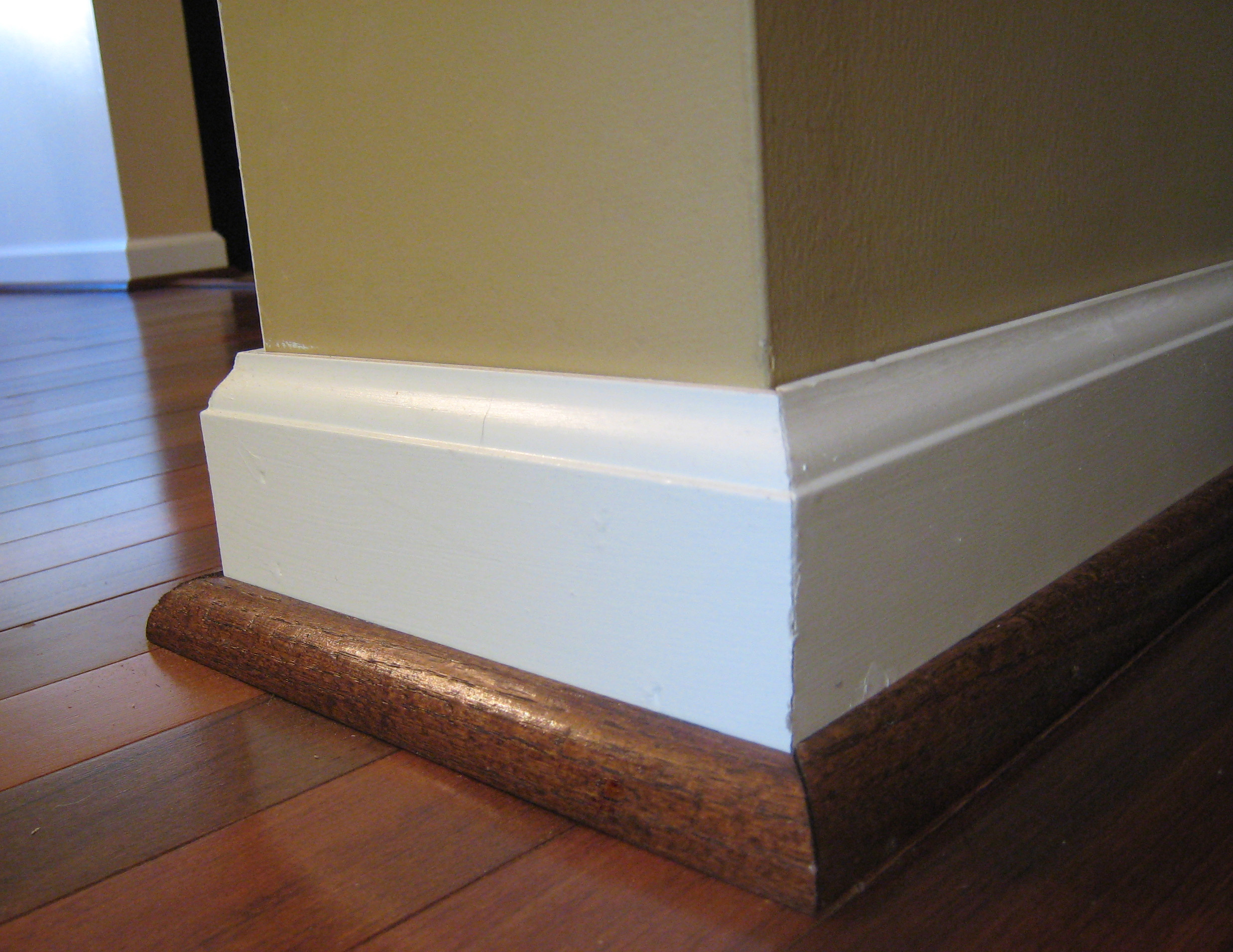
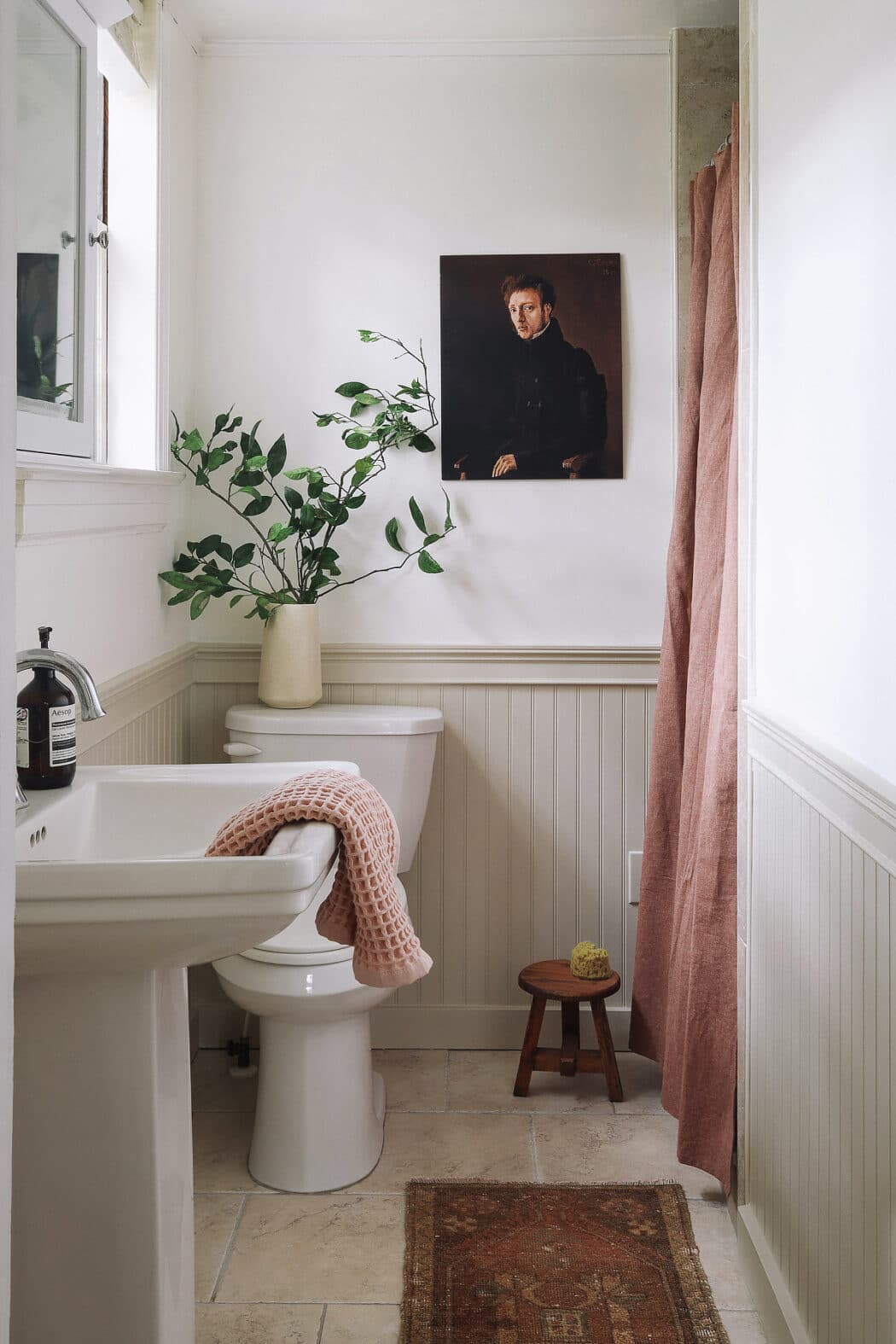
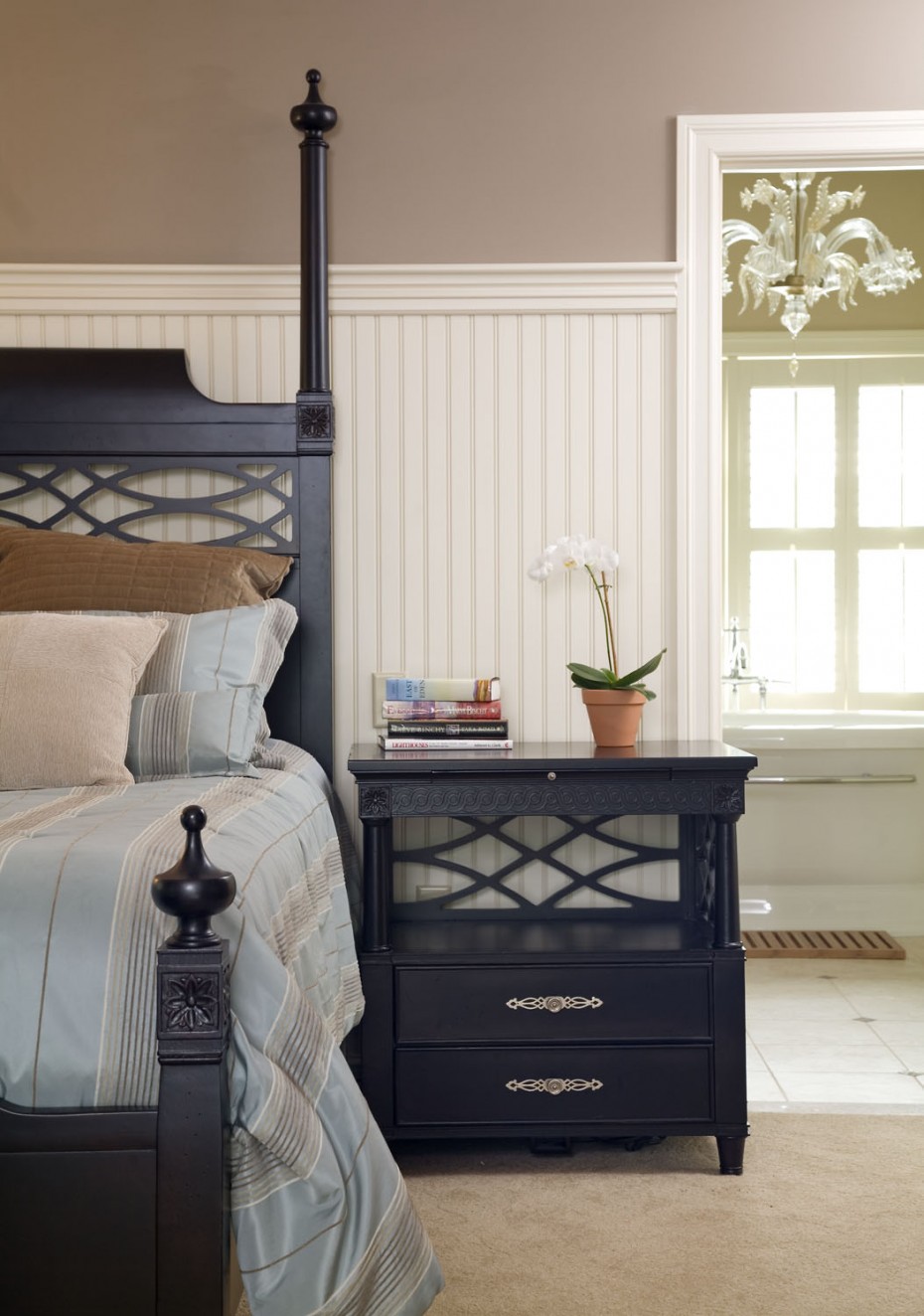
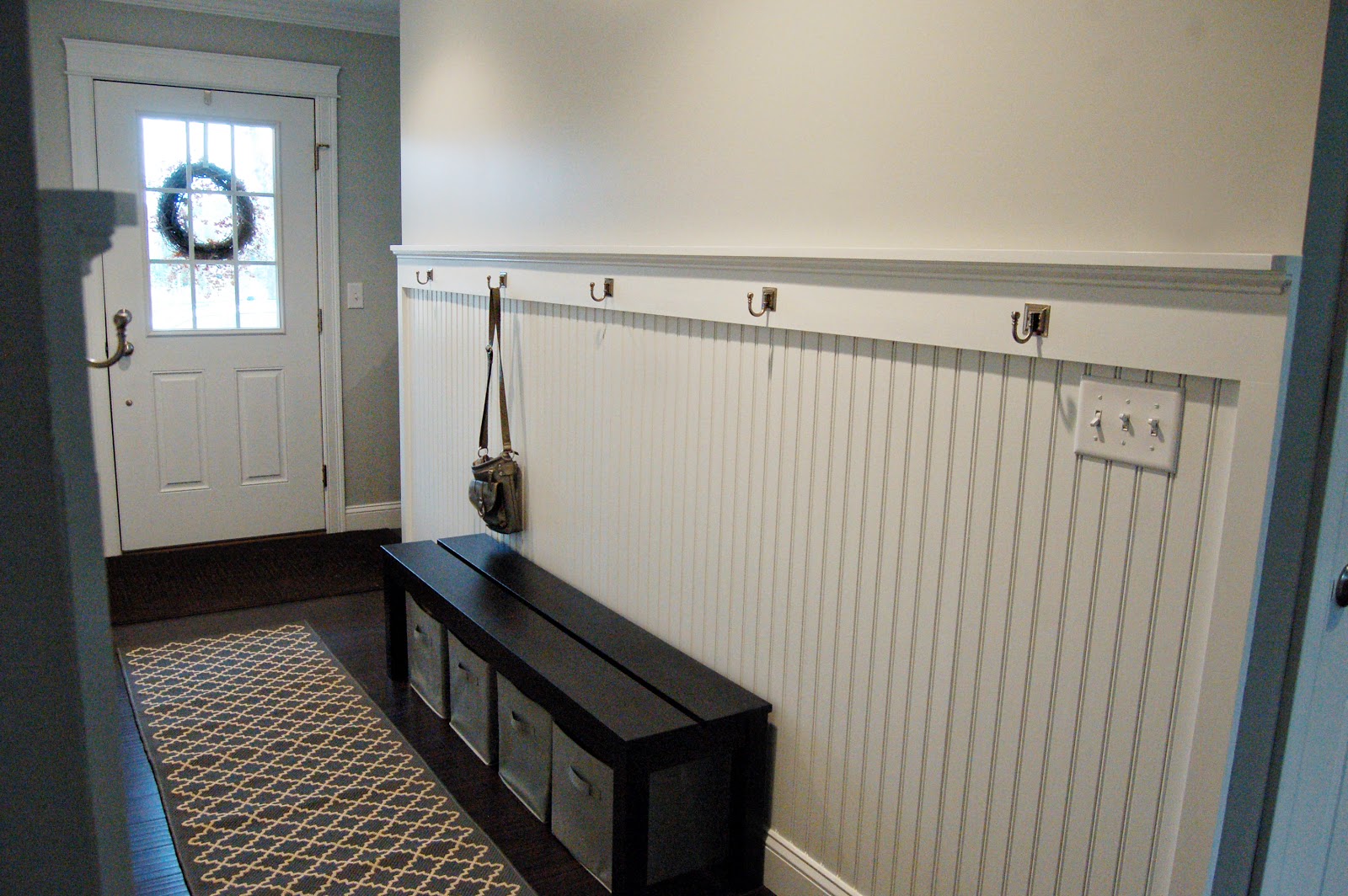
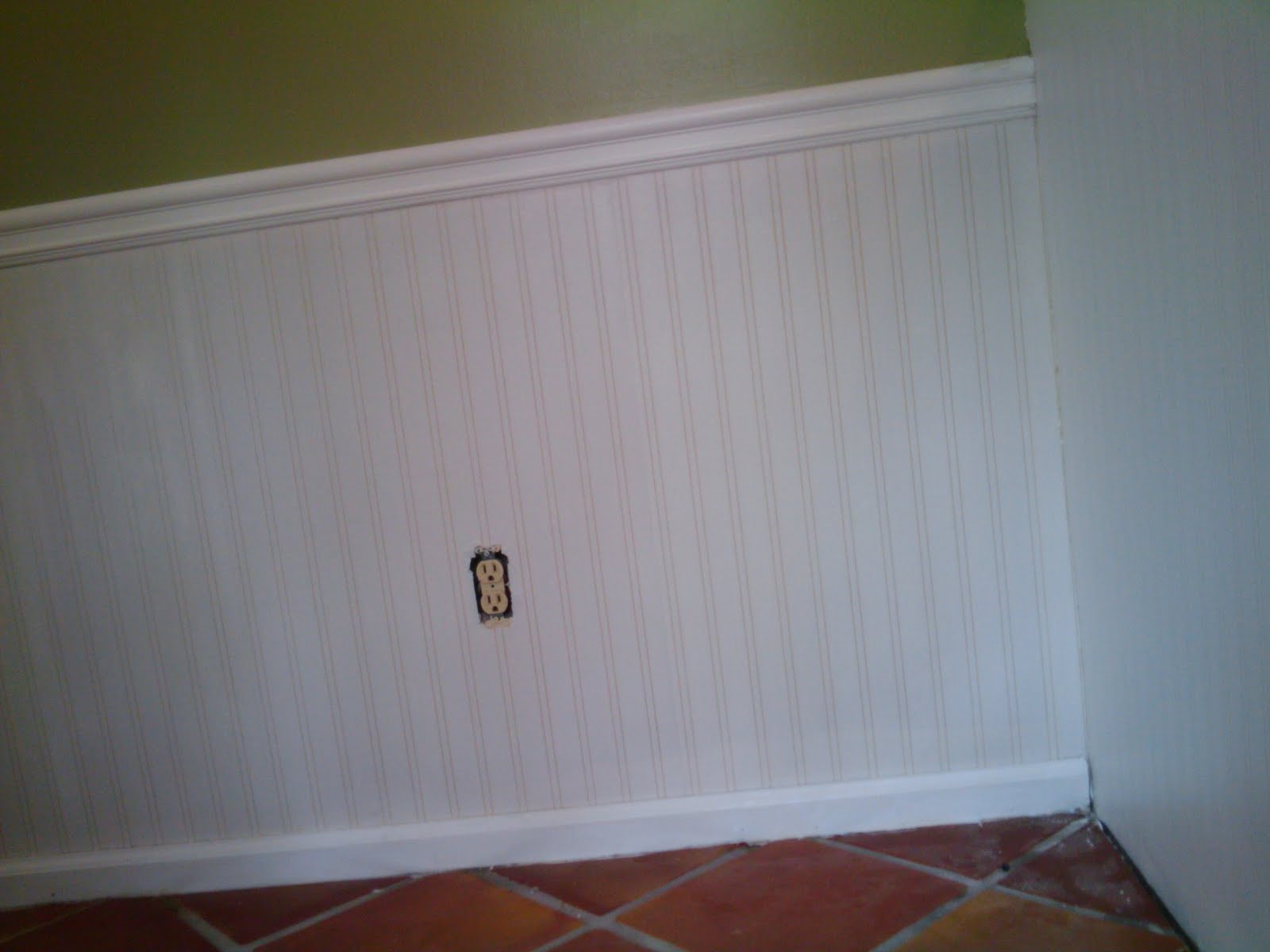
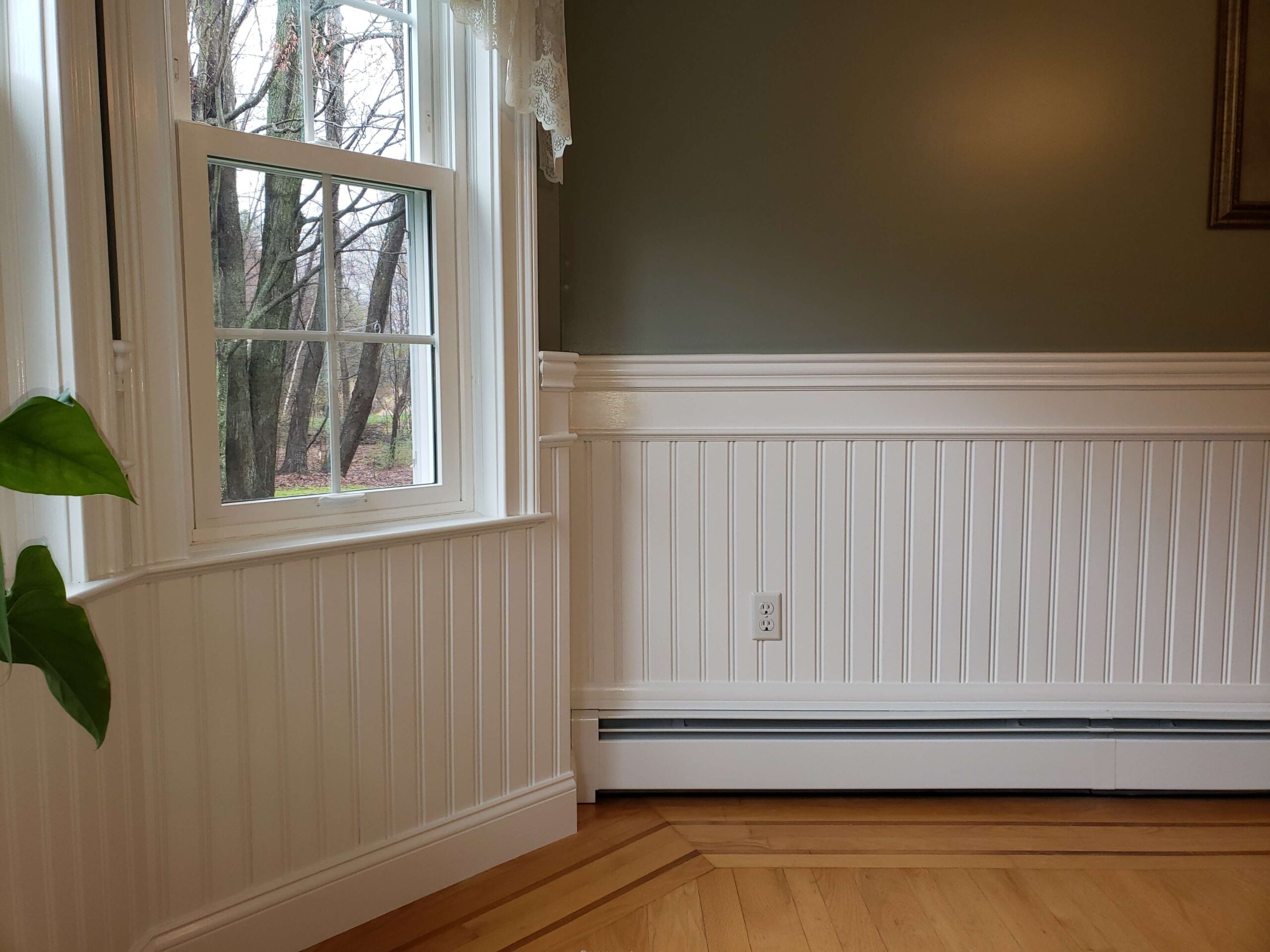
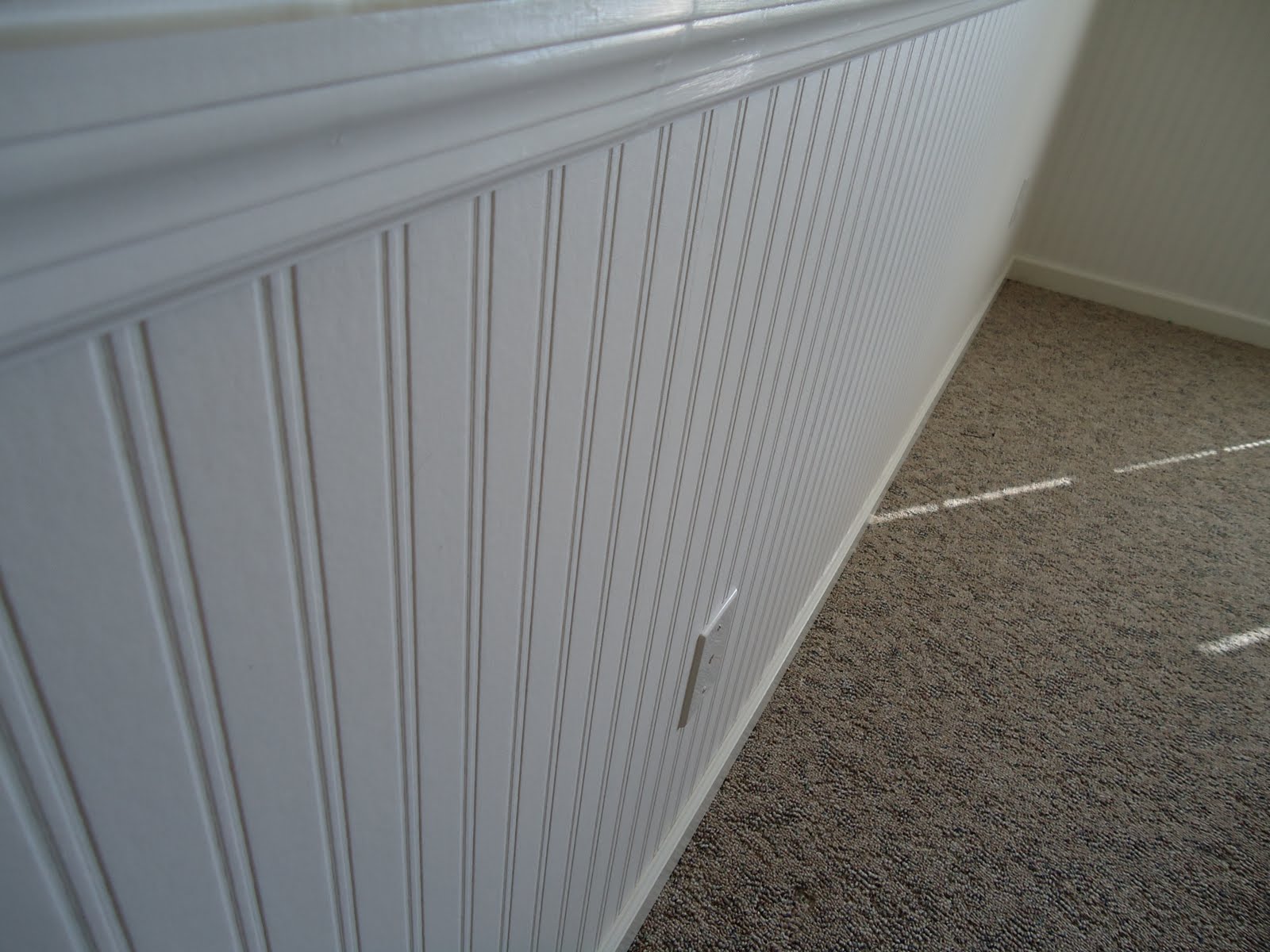
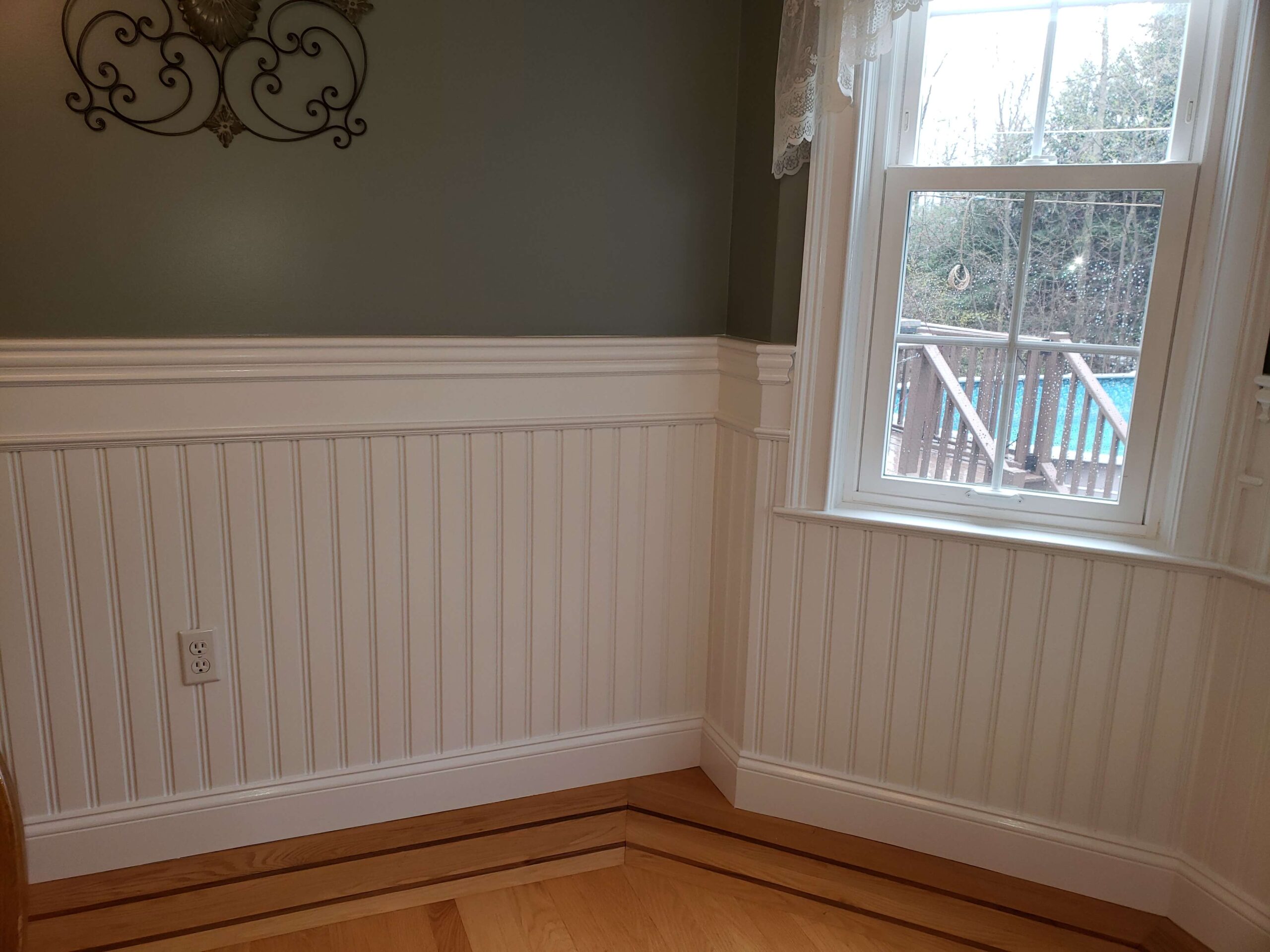
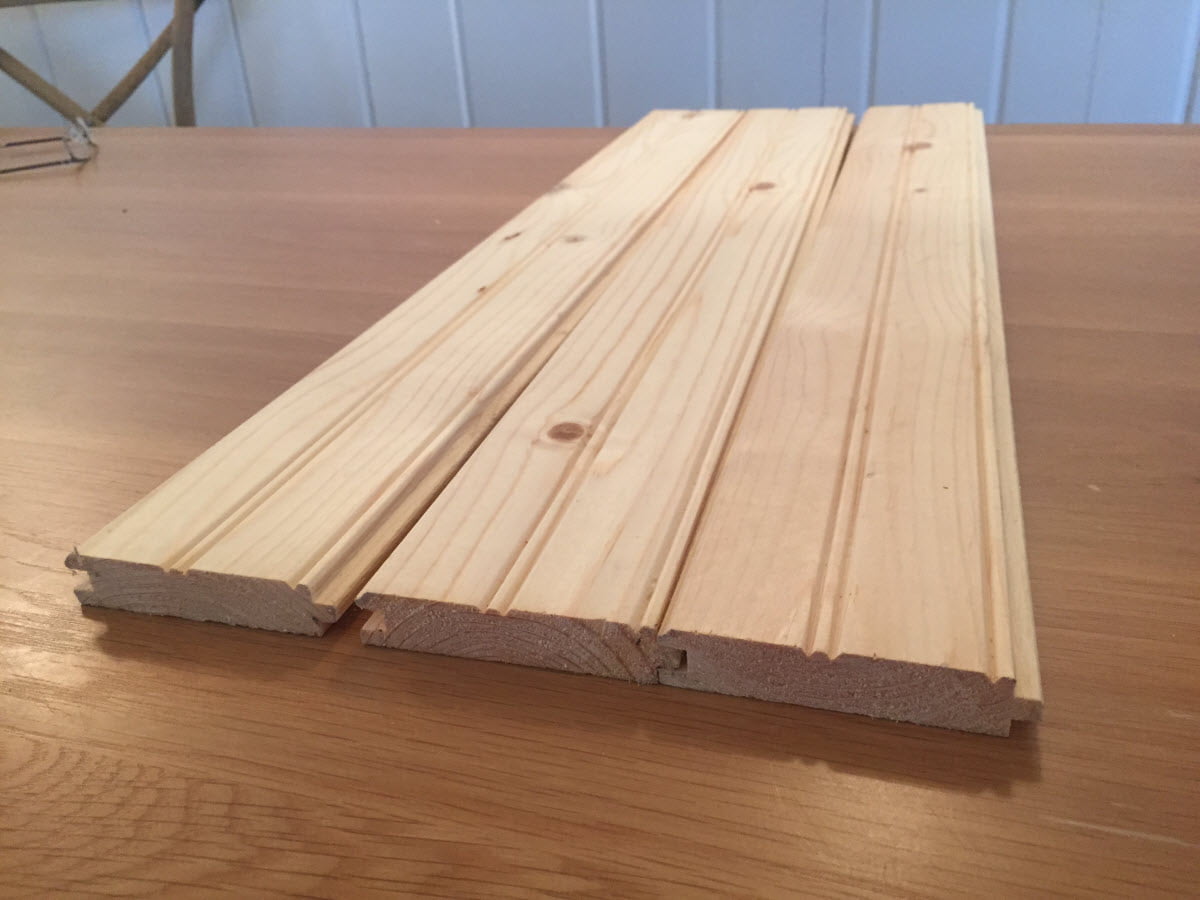


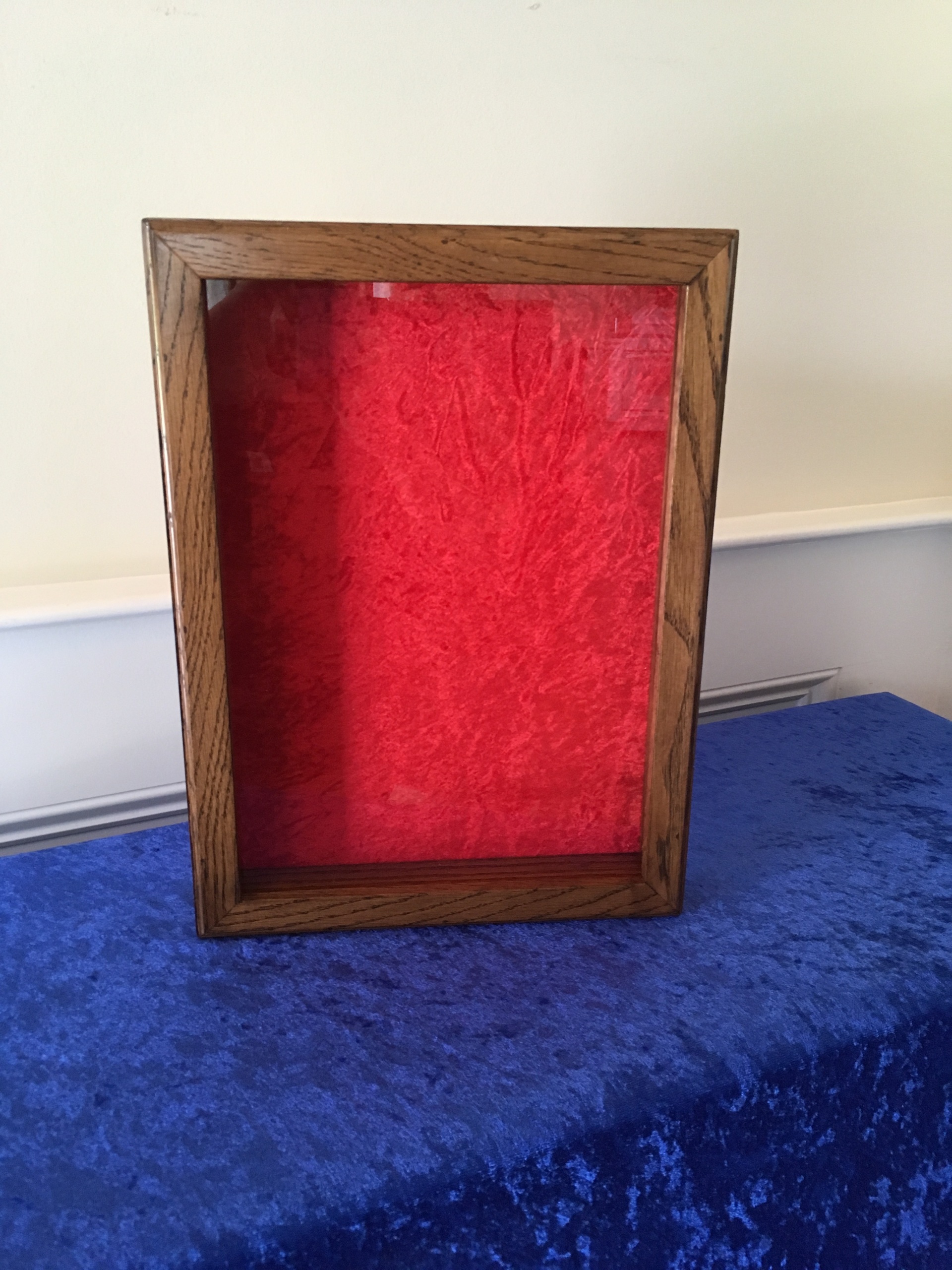






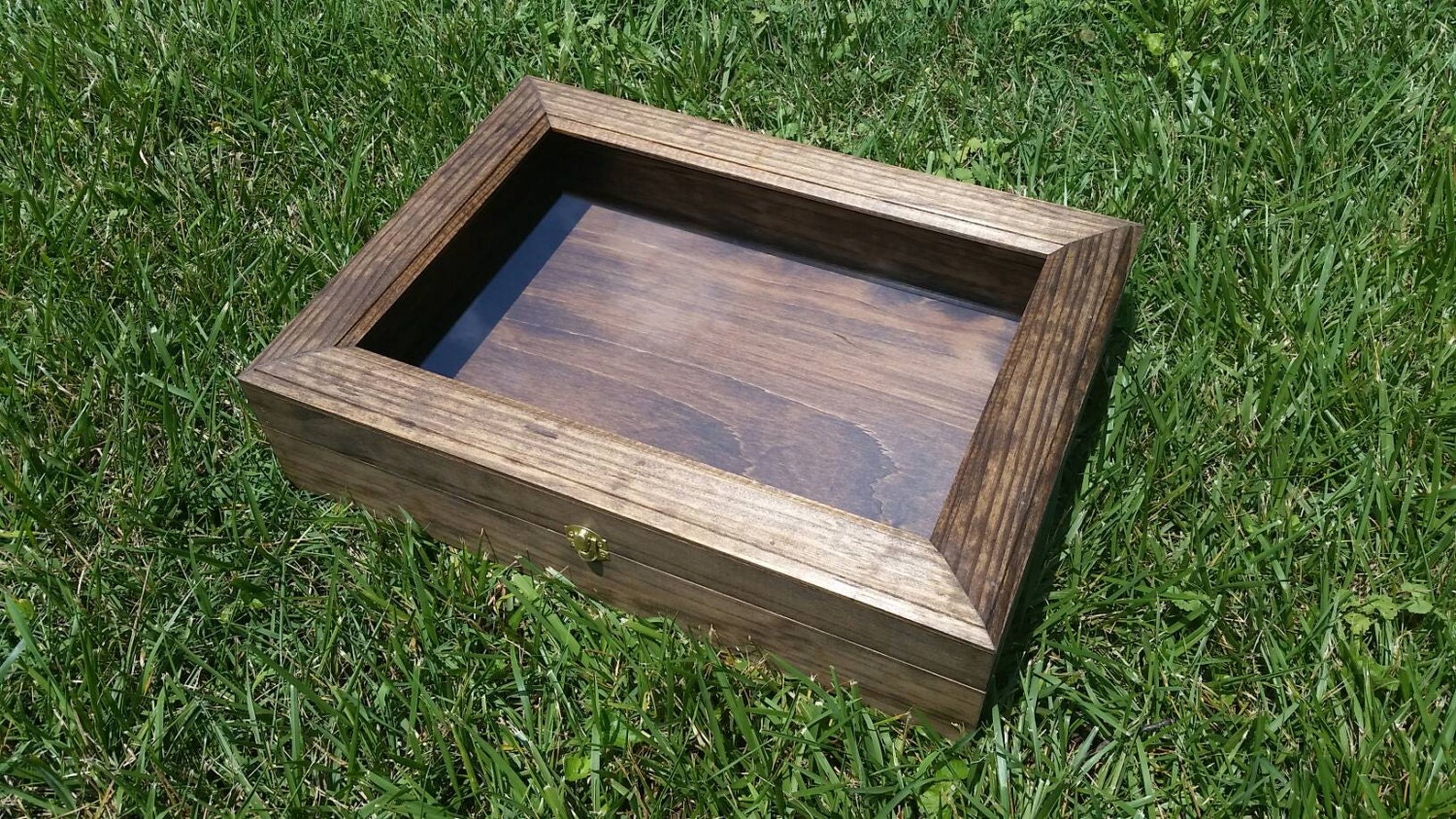

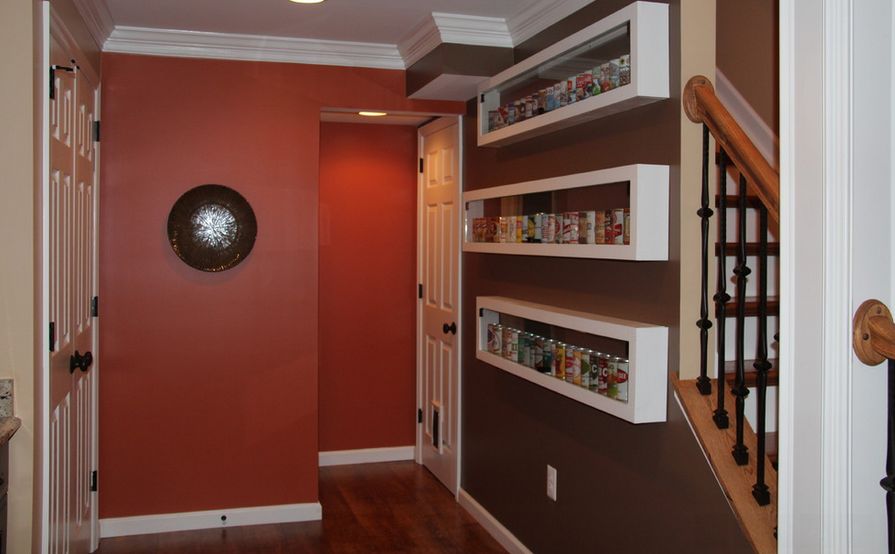
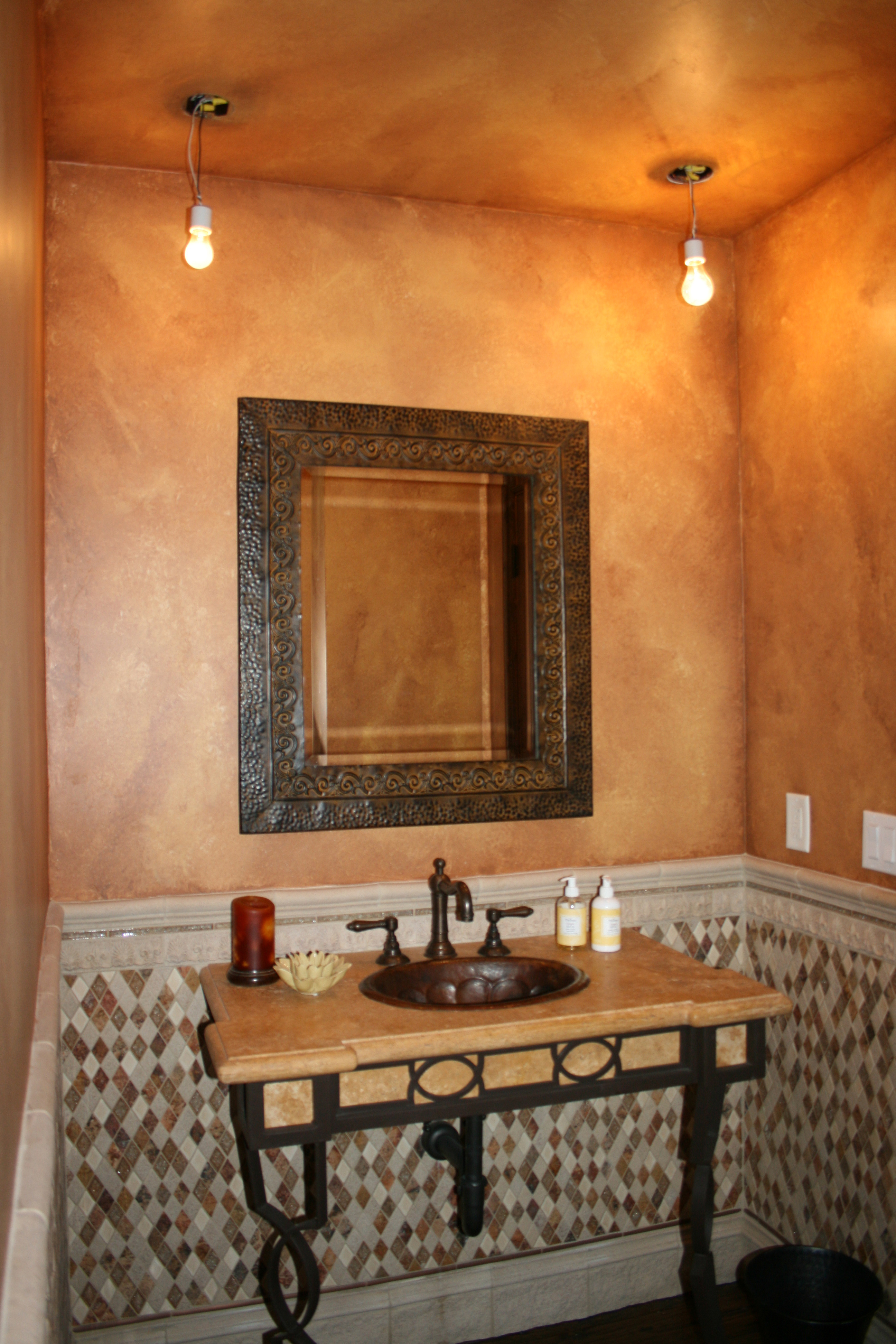
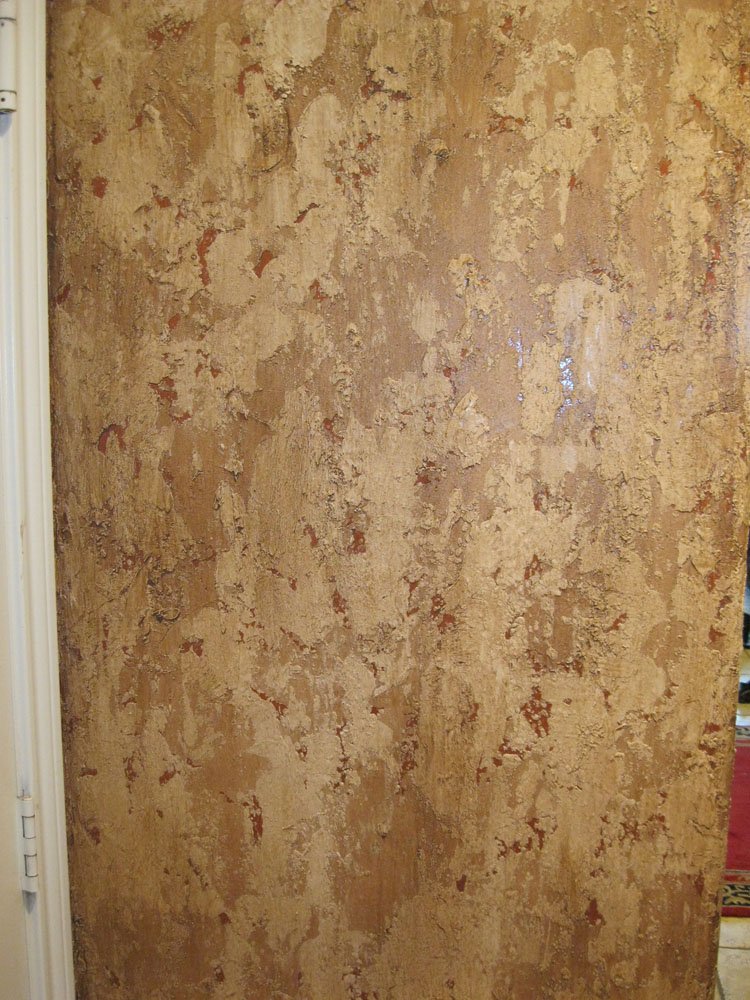
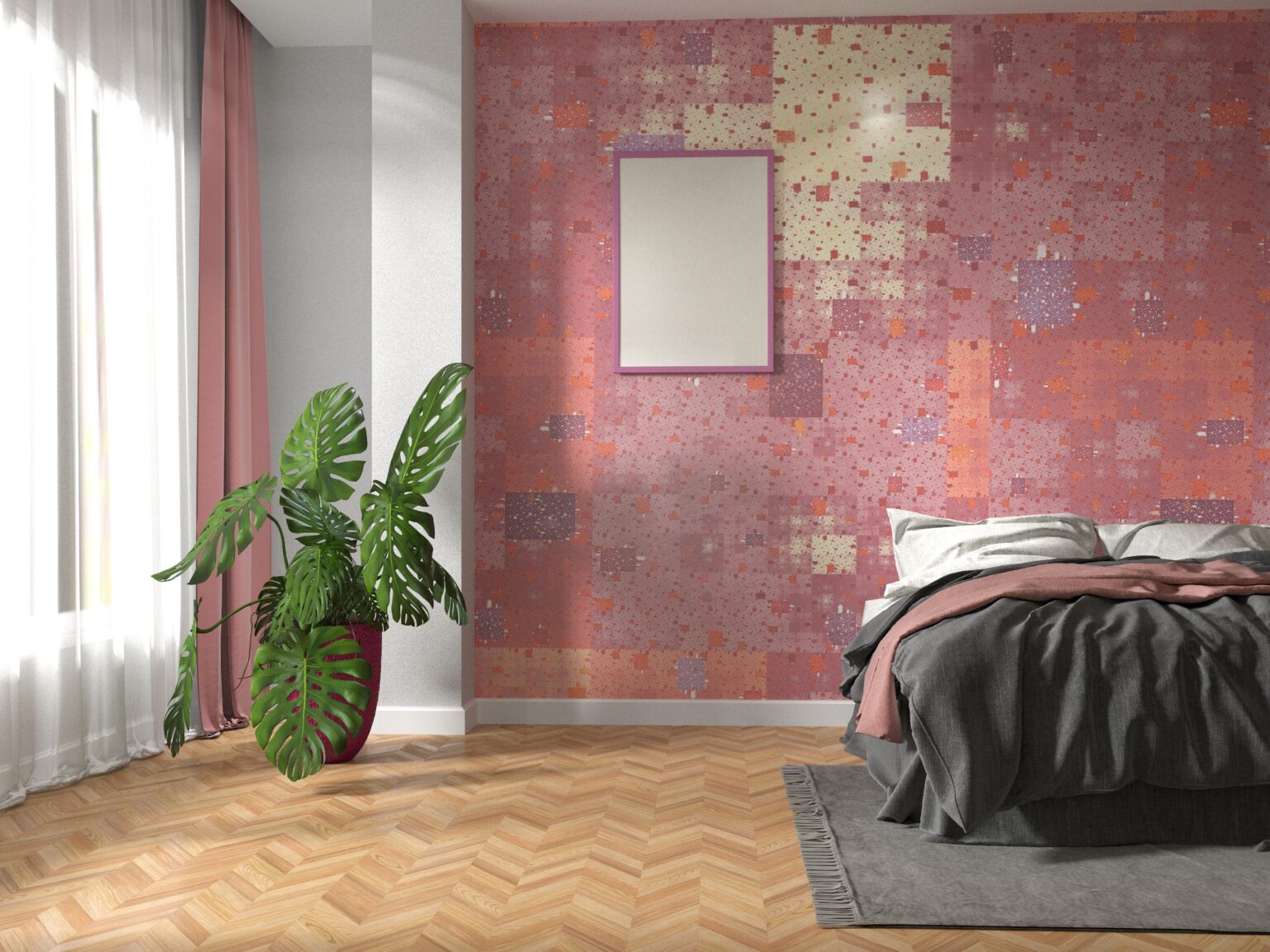

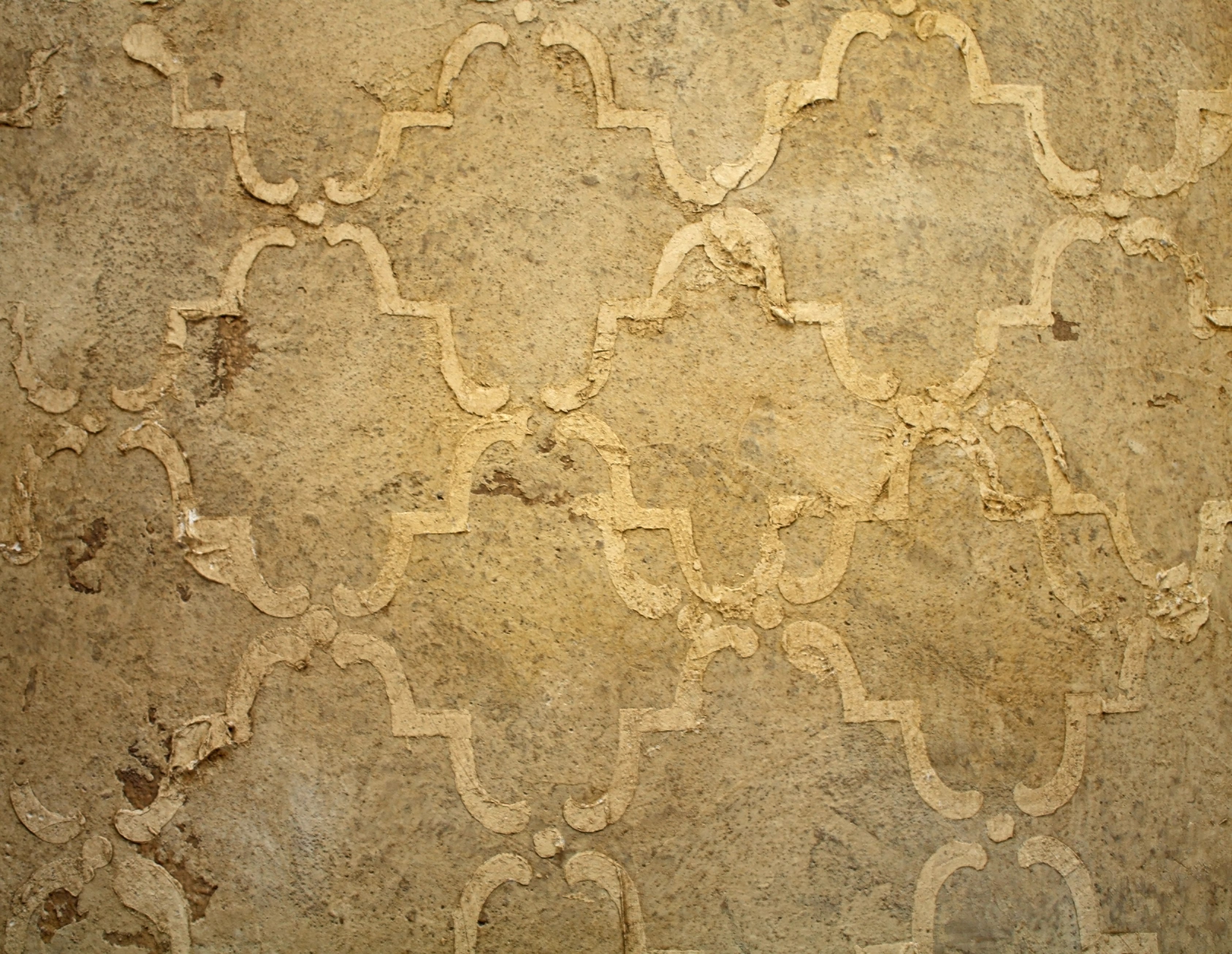
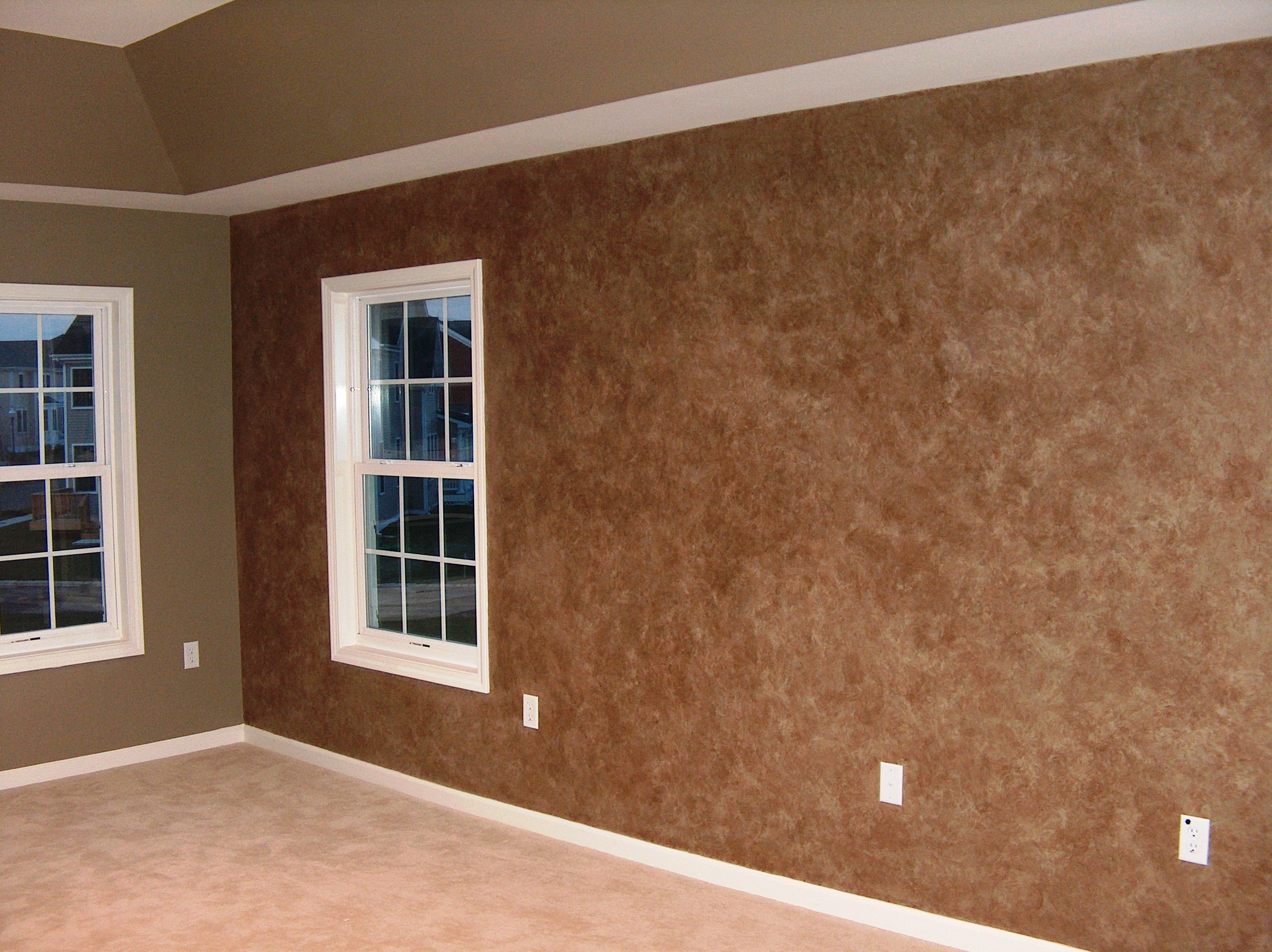


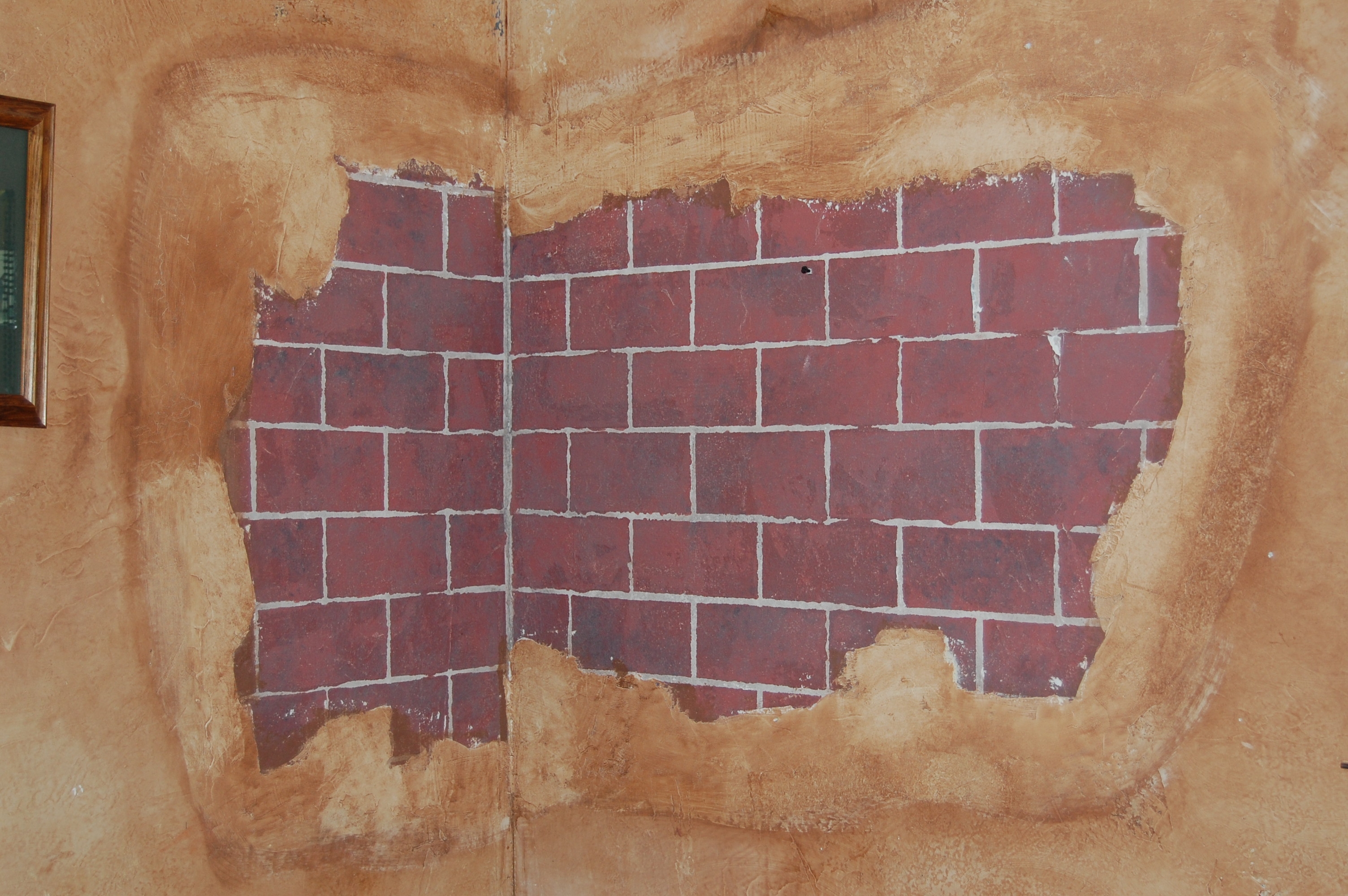


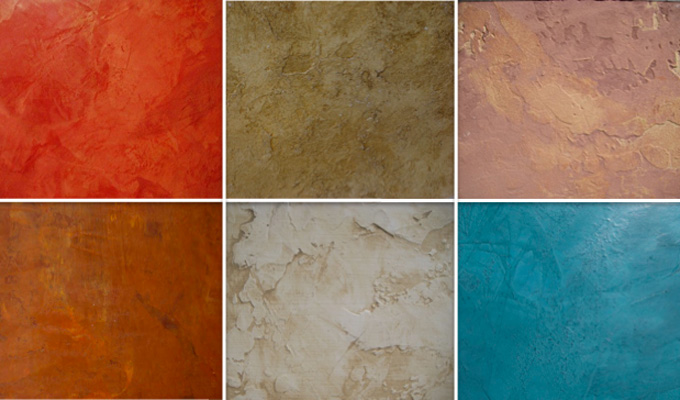

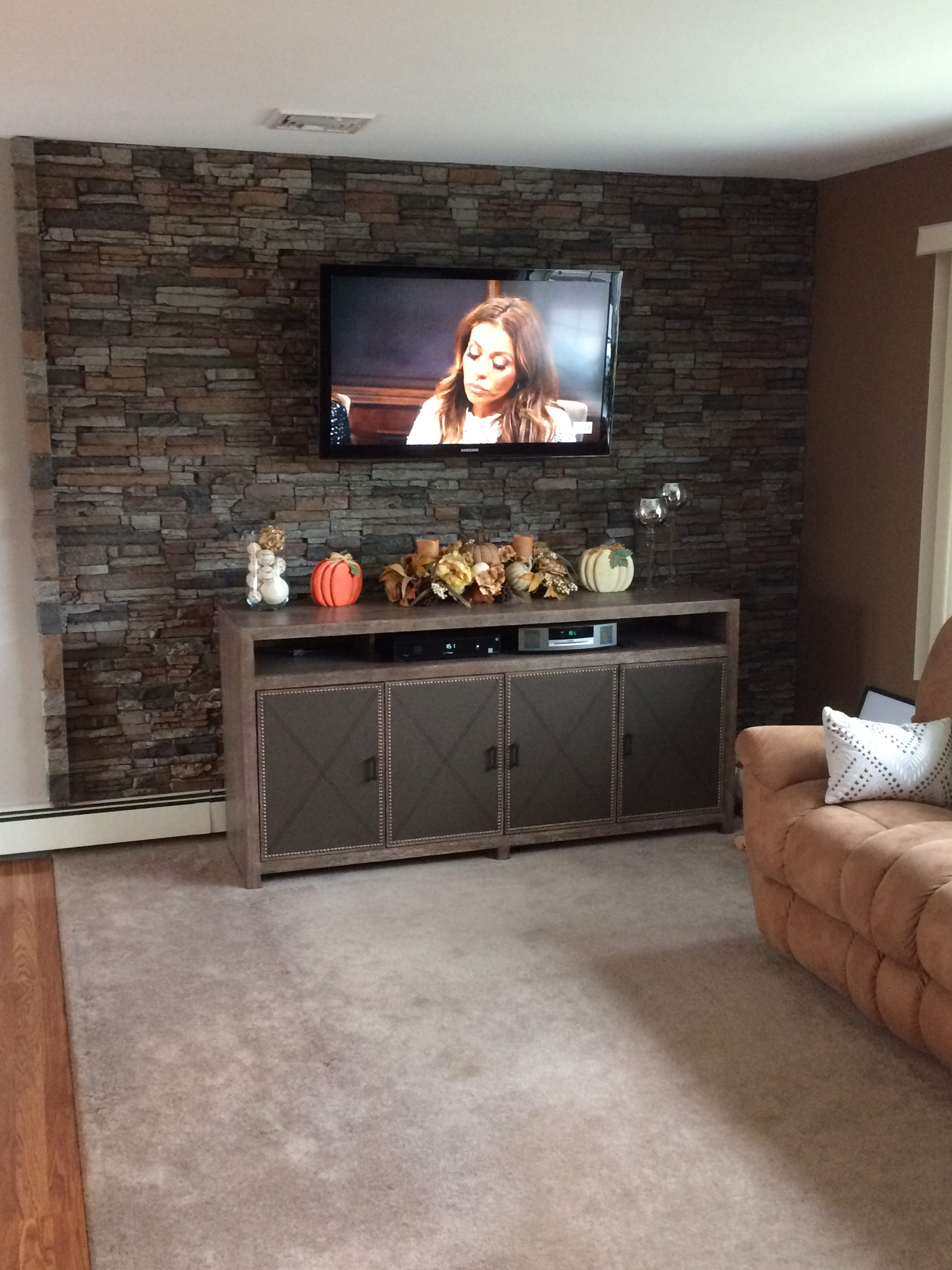
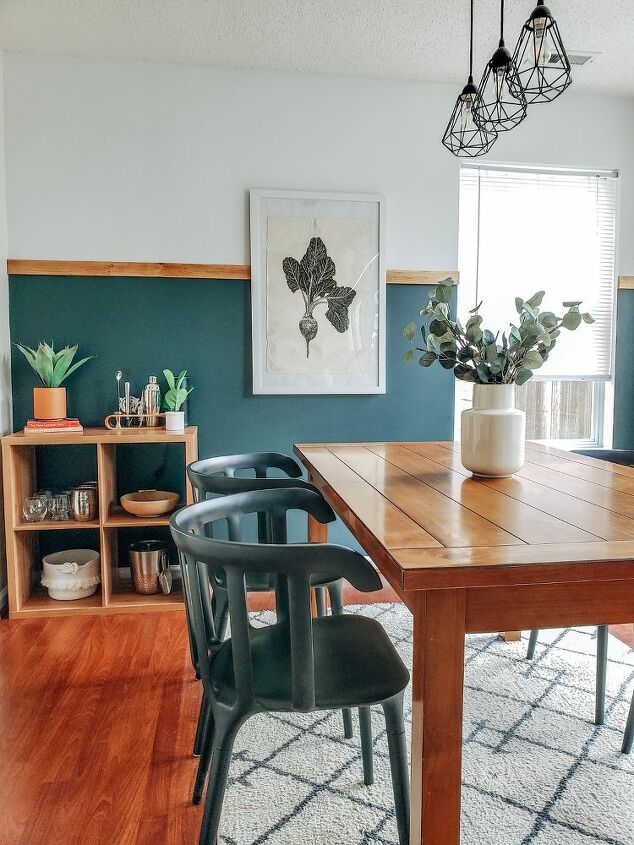
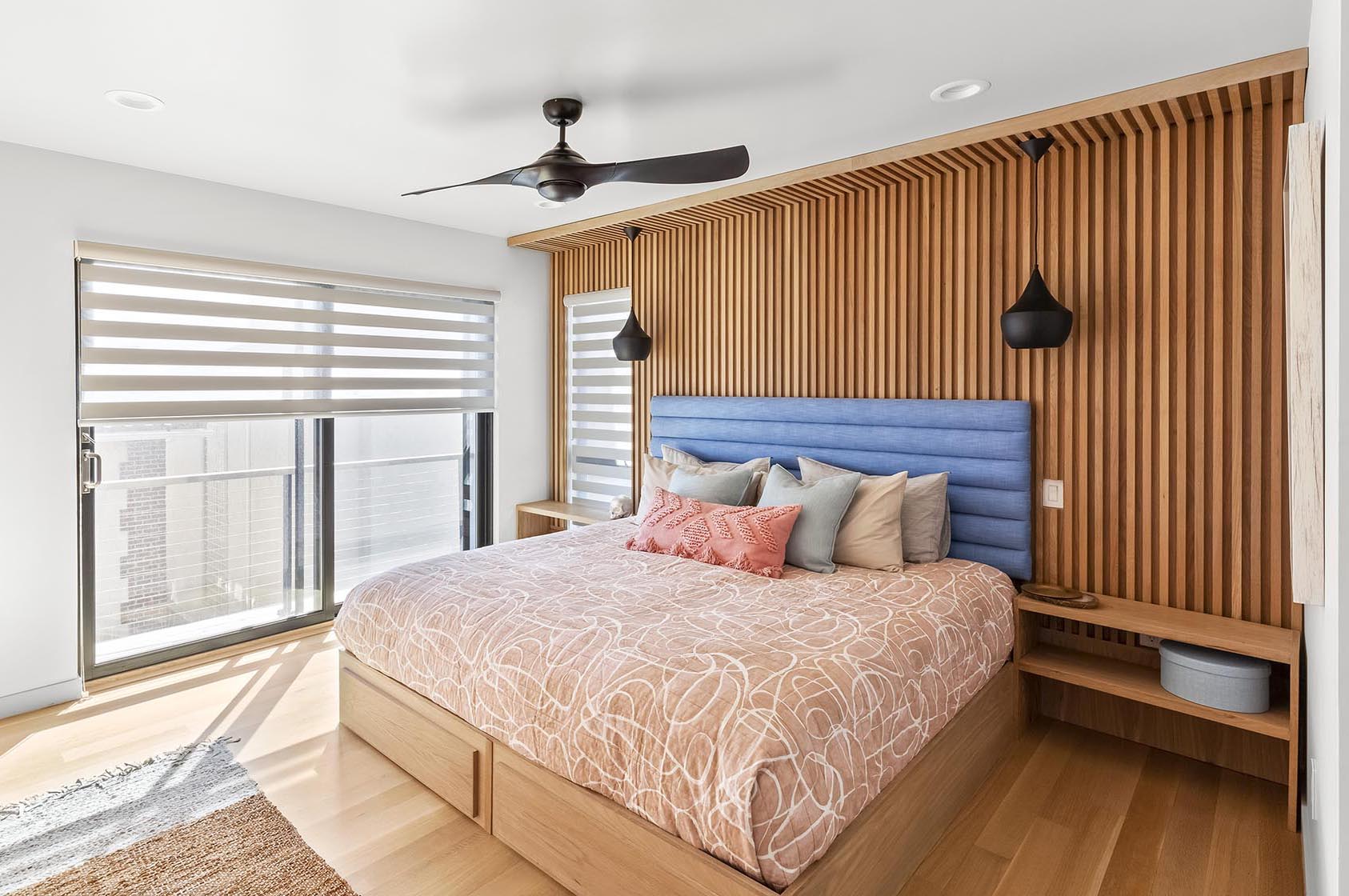
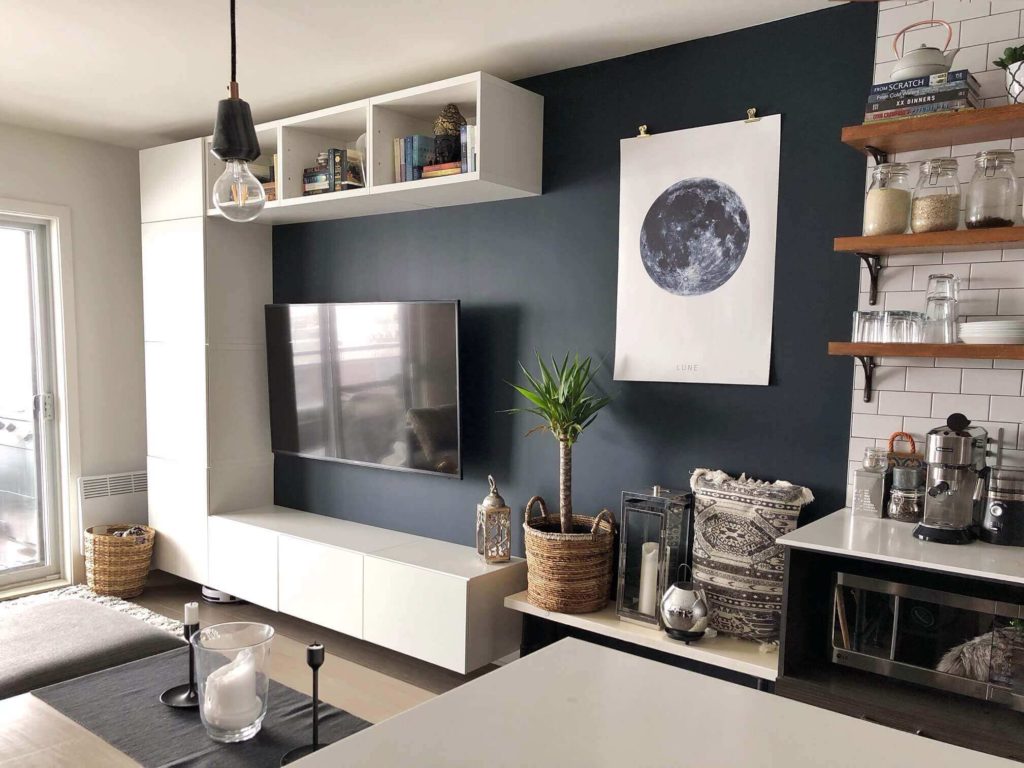
/accent-wall-ideas-1-56b3cb735f9b5829f82c2d18.png)

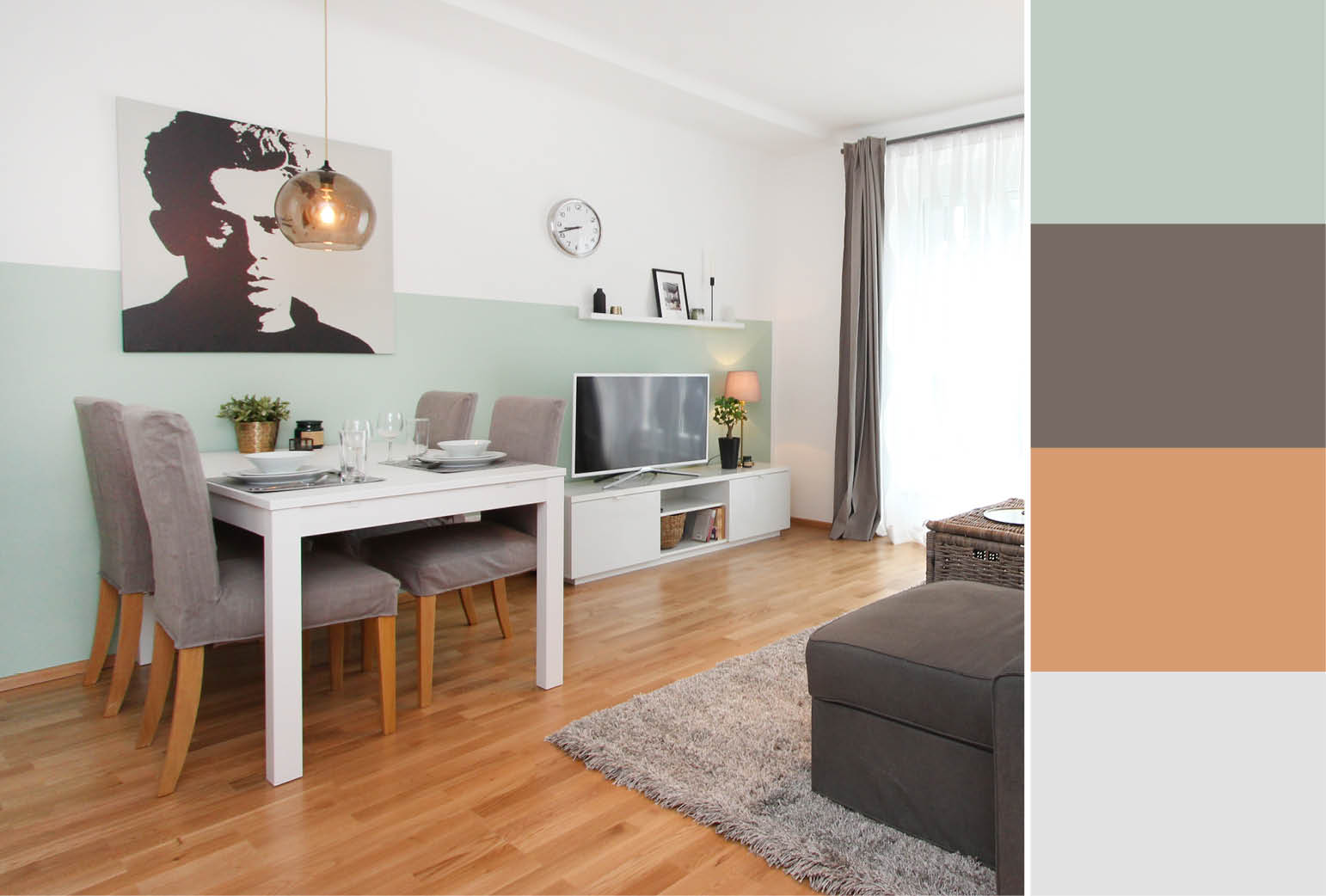
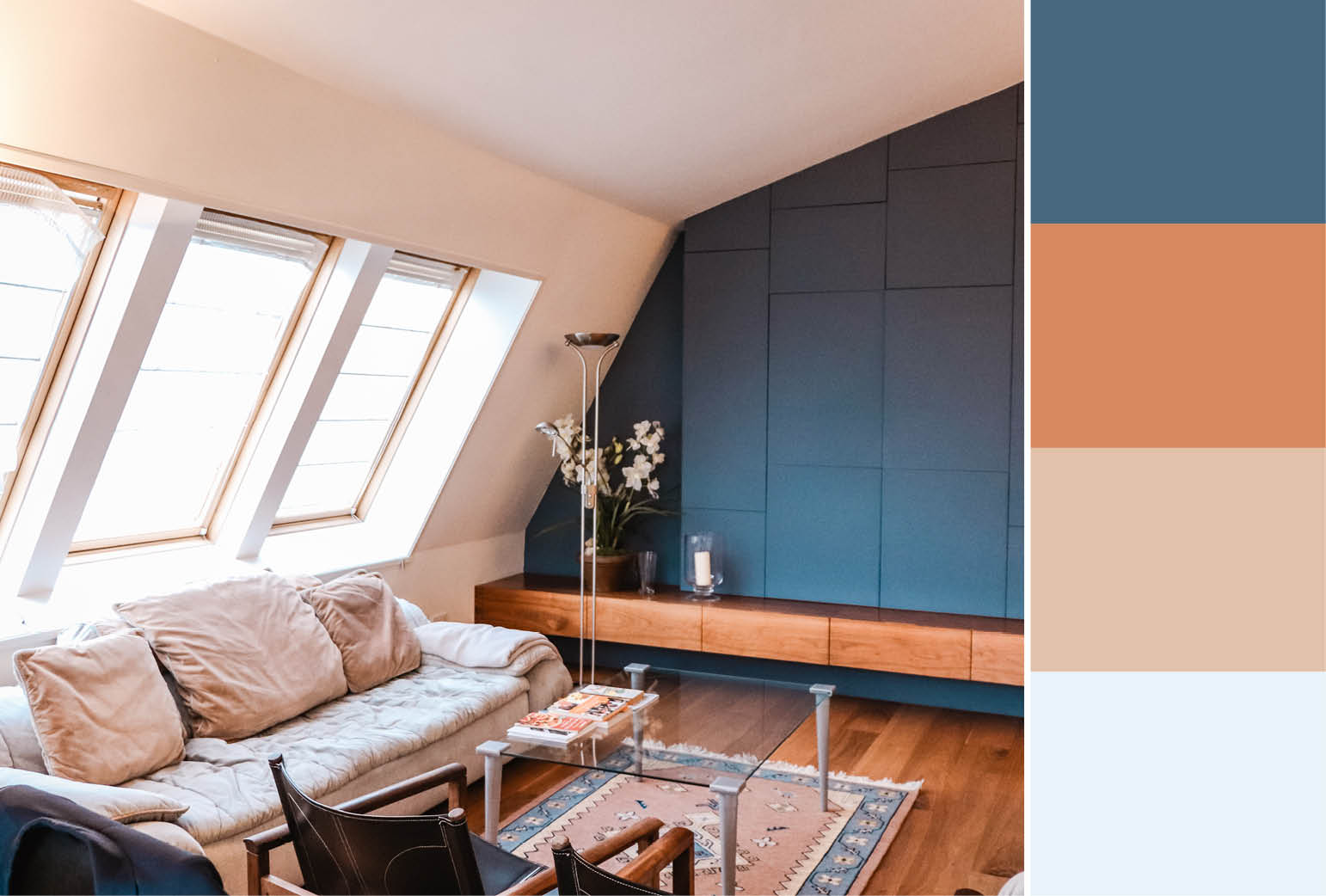
:max_bytes(150000):strip_icc()/Patterned-accent-wall-58e430043df78c5162addf0b.png)
/accent-walls-tips-essential-dos-donts-797861-hero-5ed72dbcdc9f46a1804855831bd391c4.jpg)
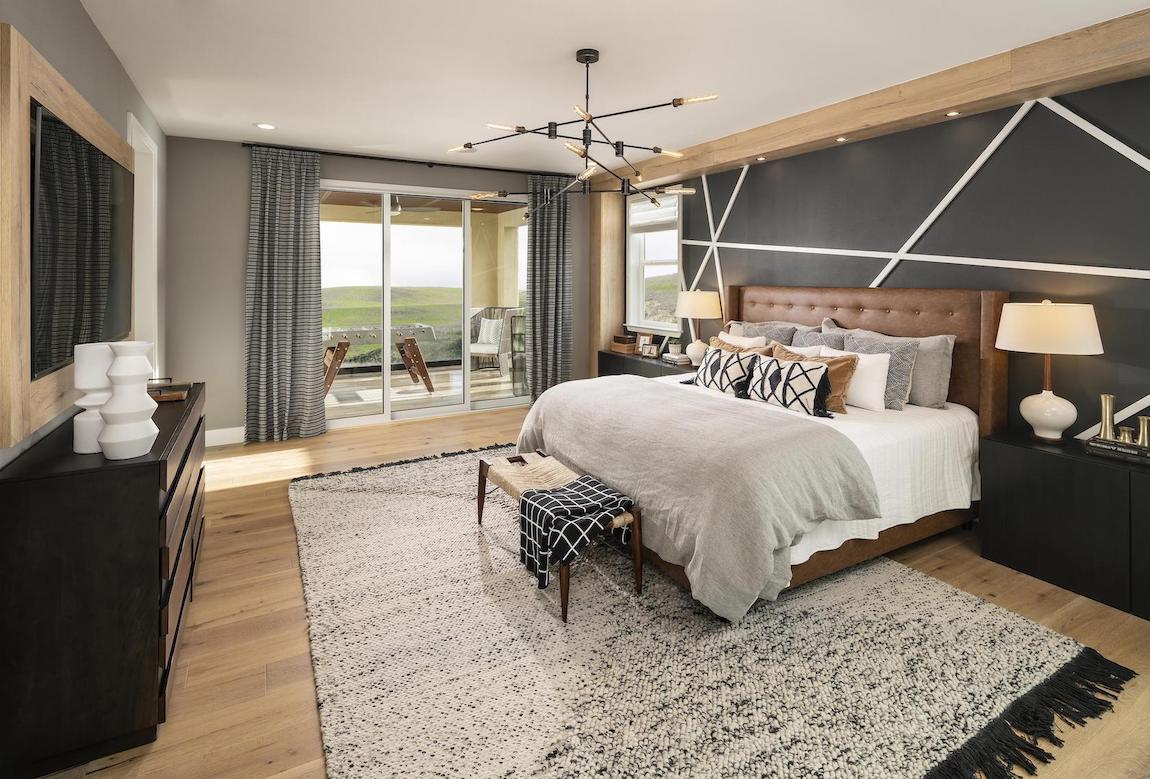
/Teal-accent-wall-58e433855f9b58ef7e6f0af2.png)

